Endo Kazutoshi opened his eponymous sushi restaurant in April 2019 on the eighth floor of what used to be BBC Television Centre in White City and what is now mostly smart flats. You enter what is now called The Helios building at ground level and wait to be escorted in the lift up to the restaurant, where there are two dinner servings. The dining room is spacious, with a dozen diners accommodated at a sushi counter, with a separate counter doubling as a bar and area to eat dessert. There is a picture window looking out over the Westfield shopping complex, which is not quite the same as the bright lights of the Ginza in Tokyo but does its best. The menu here is omakase and is payable up-front at £225, with drinks extra. Despite the high price point, this is one of the toughest reservations to get in London. Everyone eats at the same time, so it is important to be on time for your meal.
There was a short and quite pricy wine list that I have written about in a previous review. Tonight’s dinner began with a bowl of cold udon noodles from southern Japan, enlivened with Tokyo turnips and a little caviar from top supplier N25. Endo does not skimp on ingredients, with rice coming from his own farm in Japan, and fish is primarily from Japanese fishermen that he has developed a relationship with, some in Devon and Cornwall but others in Spain and Portugal, where the tuna is sourced from. Wasabi is from Shizuoka prefecture on the south of the main island of Honshu in Japan, the heart of wasabi production in the country (four fifths of Japanese wasabi comes from here). The wasabi was freshly grated just as the sushi service began, which is as it should be since its creamy texture complex flavour and gentle spice deteriorates quite quickly once grated. It tastes entirely different from the fake wasabi in a tube (green coloured horseradish and mustard) that appears in most London sushi bars.
Sushi rice is served at the correct body temperature, lightly vinegared and holding together well in the “shari” or rice base of the sushi that is shaped by hand by the chef. Following the noodles, we began with a roll of tuna flavoured with wasabi, using very delicate seaweed from Tokyo formed into sheets of nori which wraps around the tuna. This was a lovely bite, the nori roll being extremely thin and the tuna having very good flavour. The first nigiri was sushi of brill from Cornwall, the fish being very tender. This was followed by a savoury steamed egg custard with pieces of lobster topped with crisp lotus leaf. The lobster was sweet and tender, the lotus leaf providing a nice textural contrast to the smooth custard. This was followed by sushi of cooked and marinated oyster from Ireland brushed with sweet soy sauce, the oyster retaining its brininess which was balanced by the sweetness of the soy.
A pause in the sushi sequence was provided by a cold soup of sesame tofu and yuba (milk skin), served with pieces of okra and Japanese mountain yam. This was a light and refreshing summer dish. The sushi resumed with nigiri of scallop from Orkney, topped with N25 oscietra caviar. This was a smart pairing, the slight saltiness of the caviar contrasting with the natural sweetness of the scallop.
There was then a dish of seared fatty tuna mixed with scrambled egg (from Gloucestershire garnished with summer truffle from Umbria. This was an enjoyable dish the tuna excellent and the egg having much better flavour than supermarket eggs, the gentle earthiness of the summer truffle adding an extra layer of flavour.
Sushi of Cornish sea bream was next, the fish caught the day before our visit by a Japanese fisherman and killed in the ikejime style to preserve freshness. Even in Japan this fish (known there as madai) can retain a touch of chewiness, but the sea bream here was smooth in texture, easy to bite through and had good flavour. This was followed by sushi of the medium fatty tuna chutoro, the fish used in this case being a female, which has sweeter and creamier flavour than the male, topped with a touch of fresh wasabi.
Another break in the sushi sequence came with tempura of Cornish sea bass that had been dry aged a week, topped with bottarga (grey mullet roe) and salt from Okinawa. This tempura was very light and delicate, and indeed better than the last such dish that I had here. The sea bass retained its distinctive flavour, with the bottarga adding an extra briny flavour. Sushi of hamachi (yellowtail) had been aged for a week and was topped with a garnish of monkfish liver with a little caviar. This was particularly good, the mild flavour of the yellowtail nicely enhanced by the brininess of the caviar and the distinctive richness of the liver.
At this point in the proceedings the diners were shown a large slab of the tuna that was being served tonight, in this case from a 220kg specimen that had been caught on Saturday off the coast of Spain. We were also shown a whole salmon trout that would reappear in a later course. Before any more fish was a bowl containing cooked spider crab from Cornwall, mixed with scallop and sushi rice, the dish inspired by a Hong Kong dish. The dish was completed with a garnish of shiso flowers and a shaving of summer truffle. The crab was delicate and sweet, working nicely with the scallop.
The trout was briefly smoked in a wooden box at the counter and now reappeared as sushi, and was very good. Trout can be a quite flavourless fish as these days it all river trout is now farmed in the UK, but the smoking gave it an extra taste note. This was followed by a parcel of baby vegetables wrapped in tofu skin, all resting in dashi broth. The tuna that we saw earlier now reappeared as sushi of the fatty belly tuna otoro, seasoned with salt from Wales. This was gloriously rich, with the salt just cutting through enough. This was followed by a seared otoro tuna roll with oyster cooked over binchotan charcoal at the counter. Binchotan is the finest and priciest charcoal, this particular one coming from Wakayama prefecture in Japan, and imparting a delicate smoky flavour note. Langoustine from the Isle of Skye was the final sushi course, topped with caviar and brushed with olive oil (from Jordan). Langoustine has lovely natural sweetness and went well with the subtle saltiness of the caviar.
The savoury dishes concluded with wagyu beef from Miyazaki prefecture, of A4 grade and a particularly famous example of Japanese beef, winning one of the nine divisions of the “wagyu Olympics” competition in October 2022, held once every five years. The beef was served with delicate white asparagus from Vaucluse in France and late season French morel mushrooms. The dish was completed with a green sauce of sansho pepper and miso providing a gentle touch of spice. This was a lovely dish featuring some really top of the range produce from France and Japan. It was a fitting climax to the sequence of dishes.
At this point diners are asked to migrate across to the bar area to have dessert, allowing the staff to prepare the next service. We were served souffle of koji rice, the latter a Japanese rice that has been inoculated with Aspergillus oryzae, which releases enzymes that ferment the rice. This was a light fluffy souffle, served with Japanese tea and a canale flavoured with whisky.
Service was charming throughout, the plentiful staff being attentive and friendly. Our bill in total came to £265 per person, though that could easily go higher if you indulged much from the wine or sake list. Endo at the Rotunda is the pinnacle of sushi in London, the closest thing that you can find here to eating sushi in Tokyo.
Further reviews: 04th Jul 2025 | 12th Sep 2023 | 22nd Mar 2023 | 26th Nov 2022 | 11th Jun 2021 | 20th Nov 2019 | 24th Jul 2019














































































































































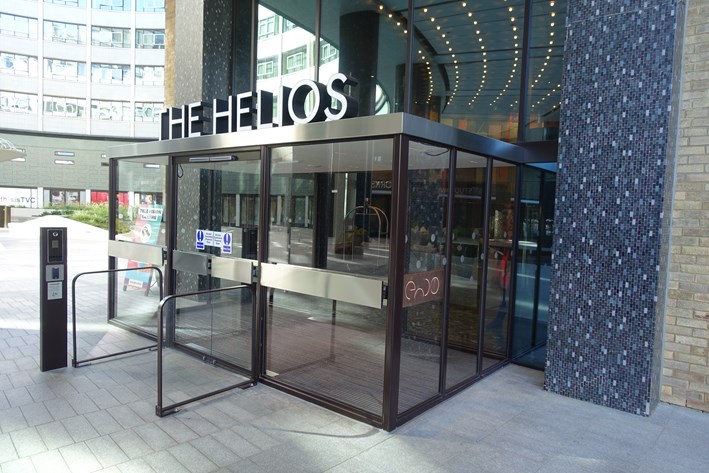

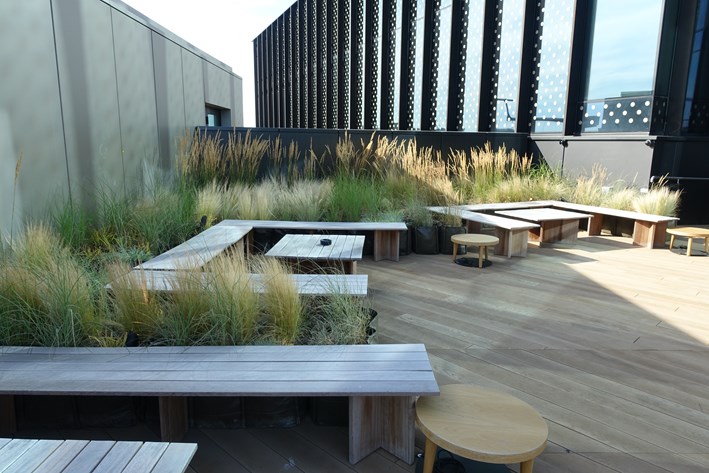

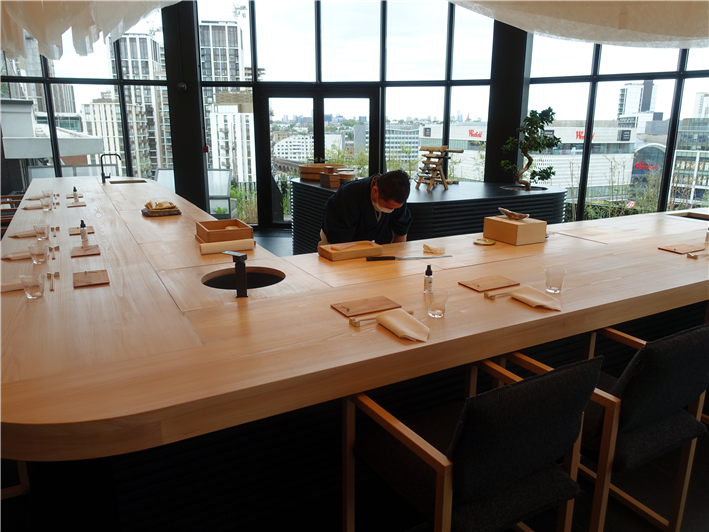


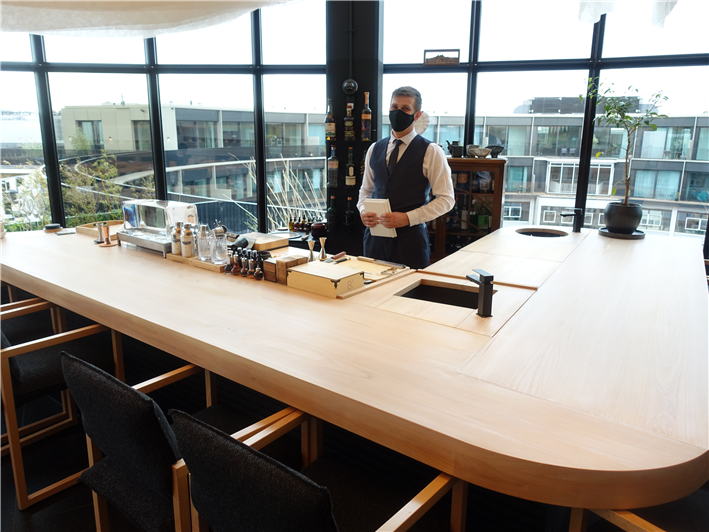
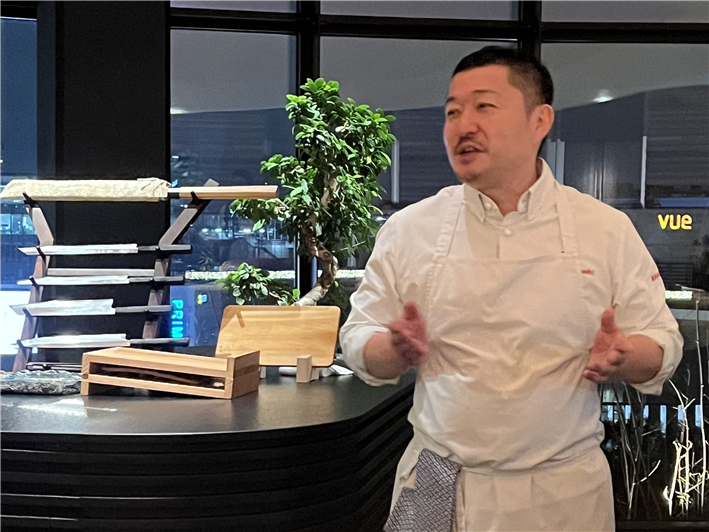
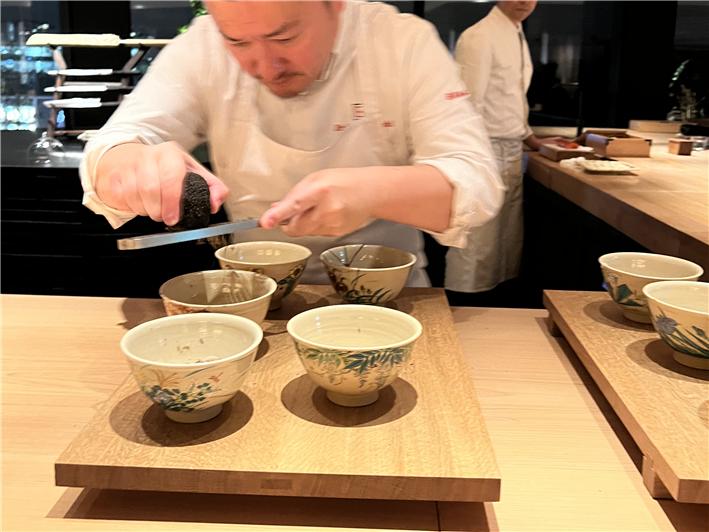
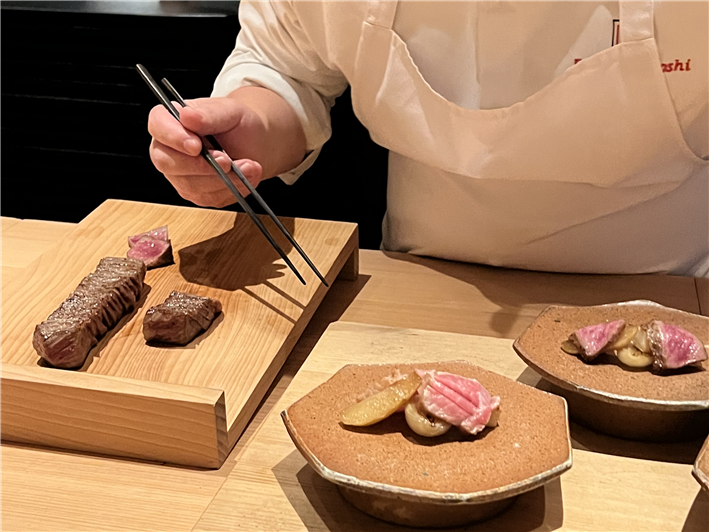

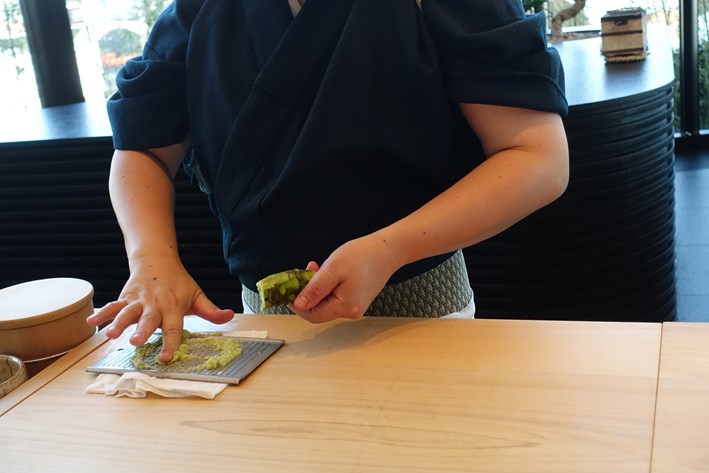
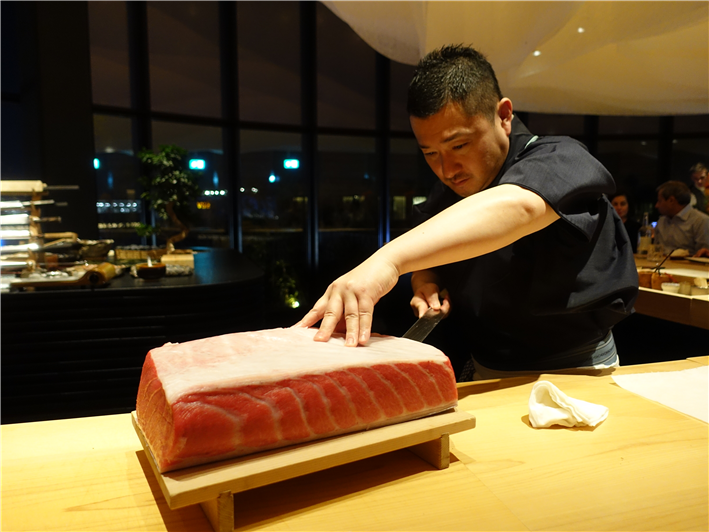


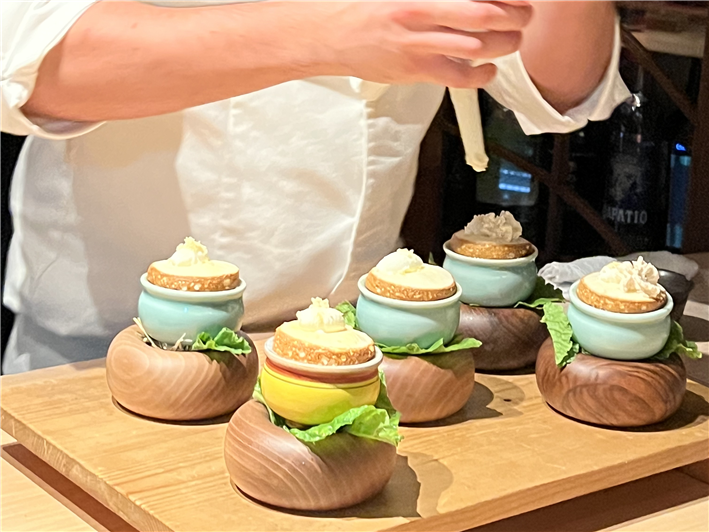


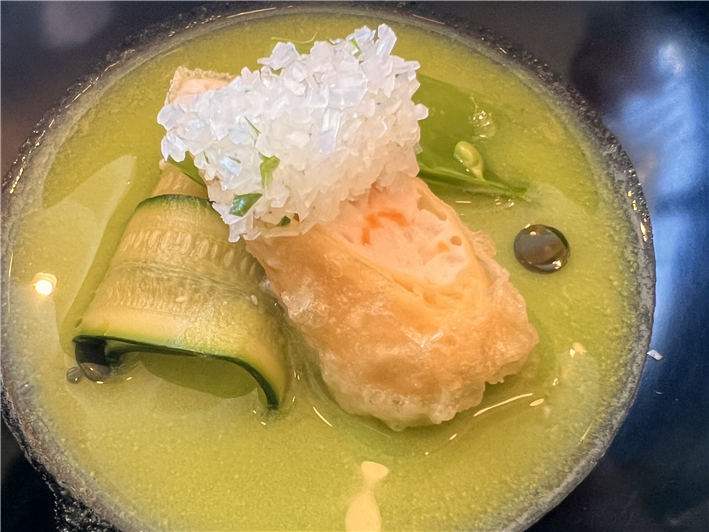
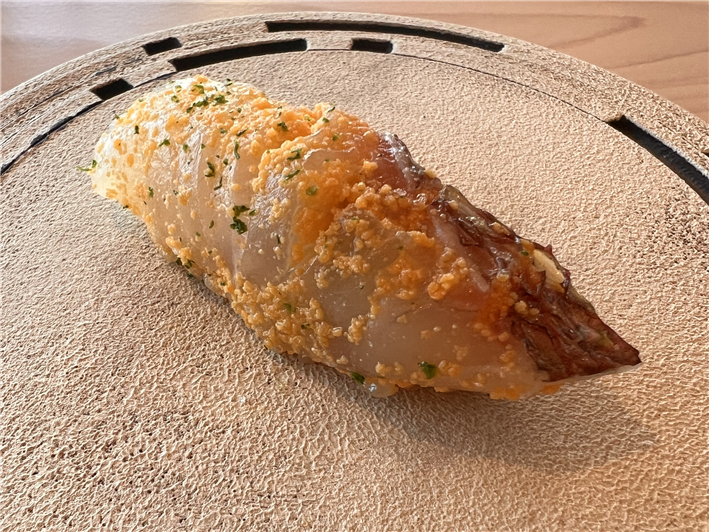
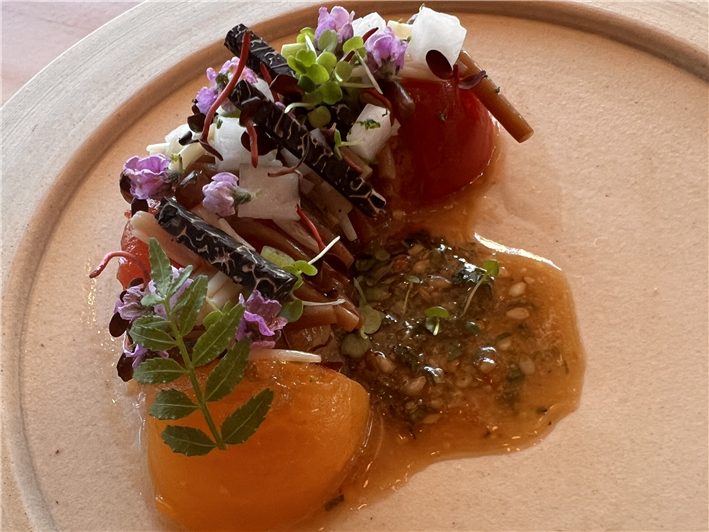
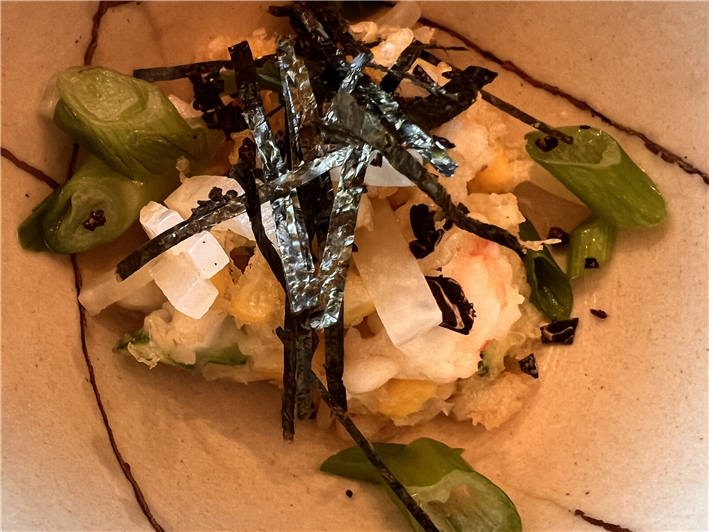
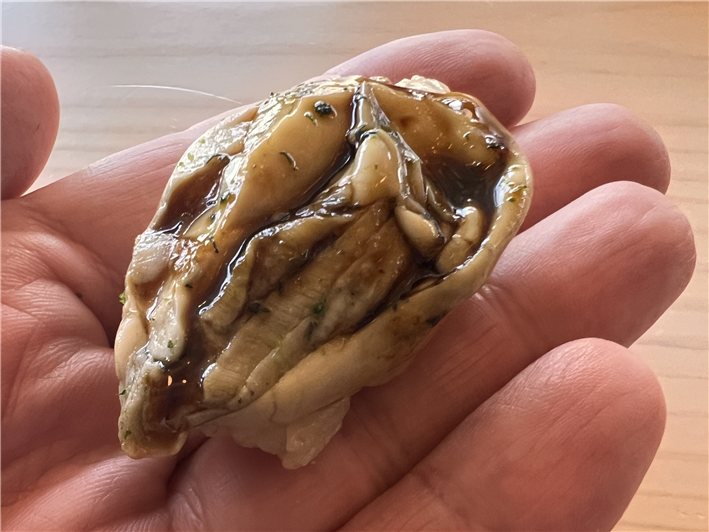
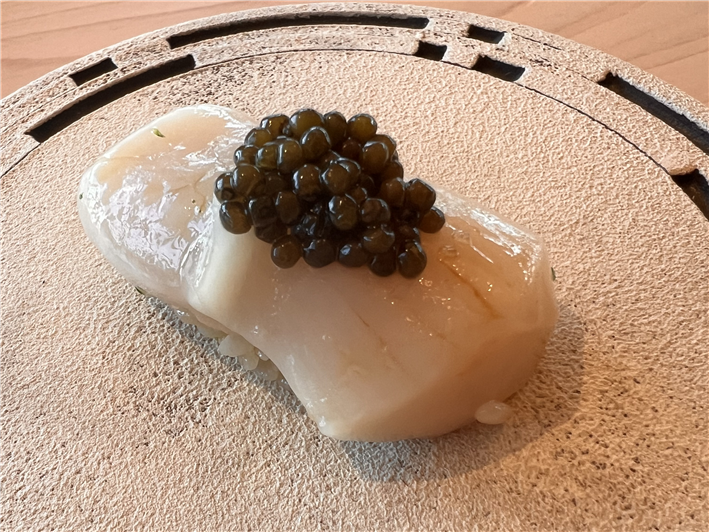
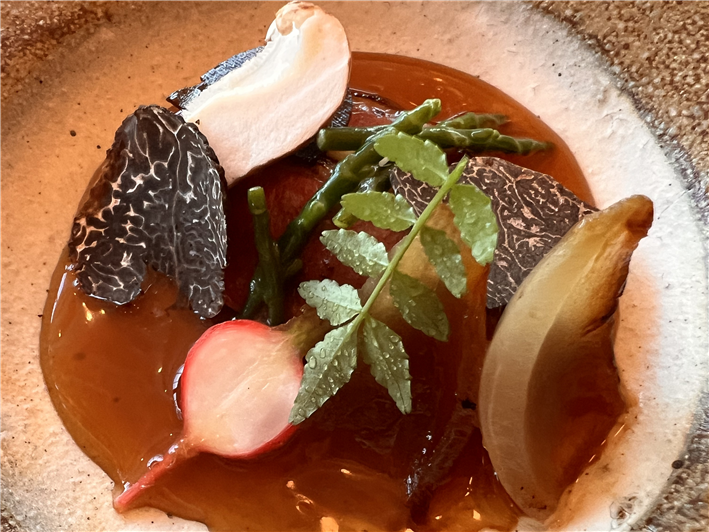
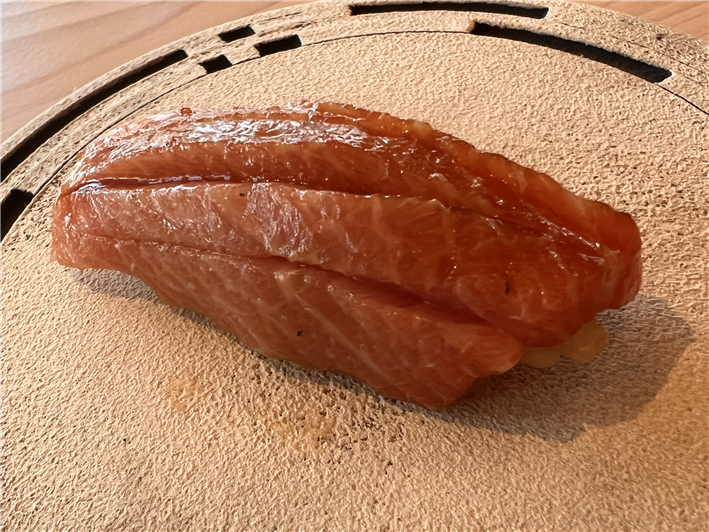
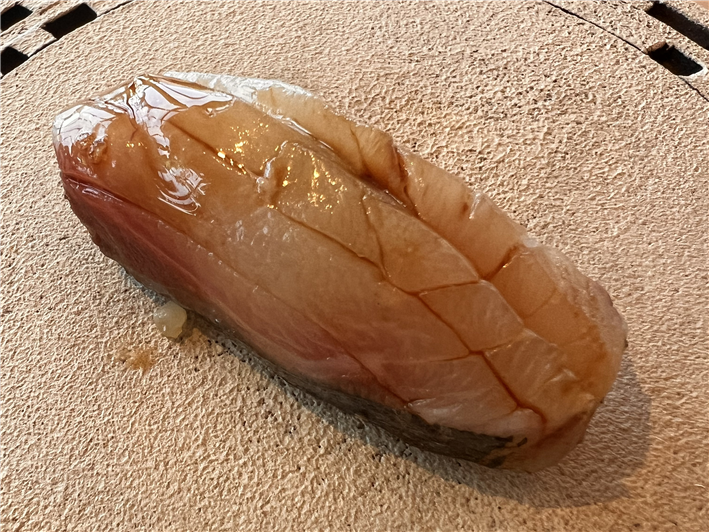
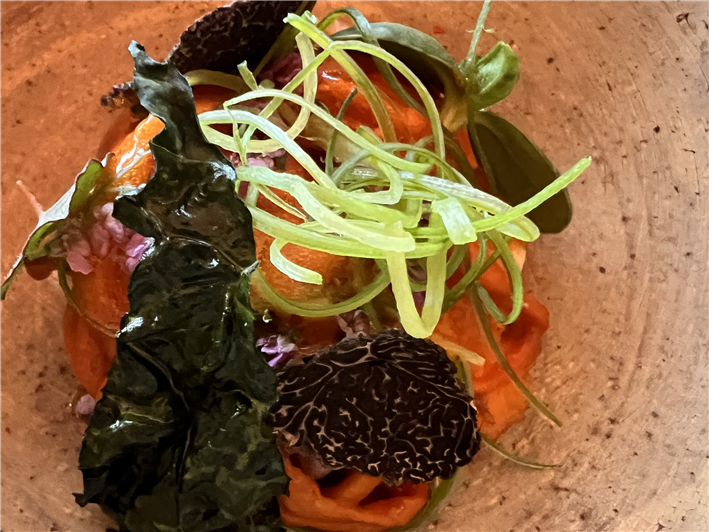
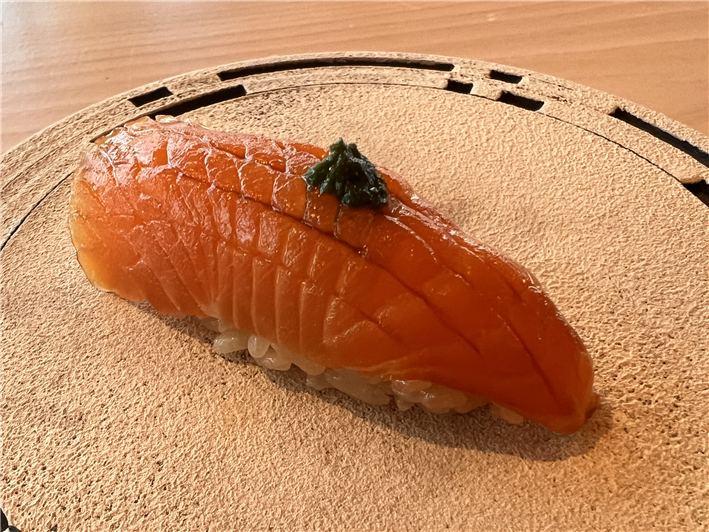
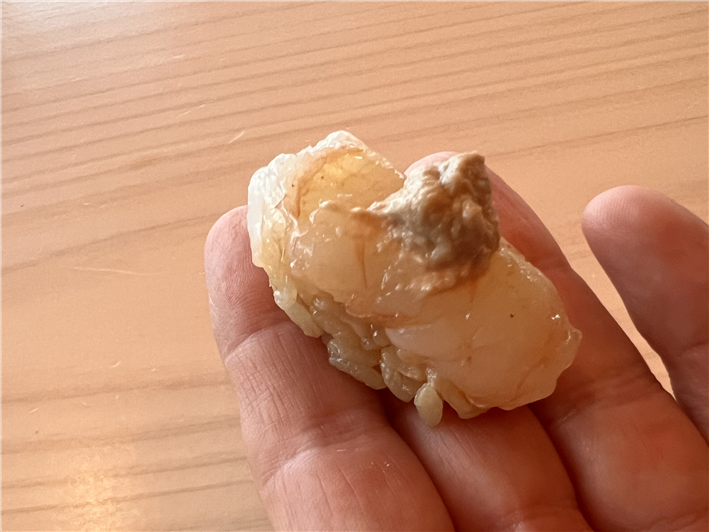

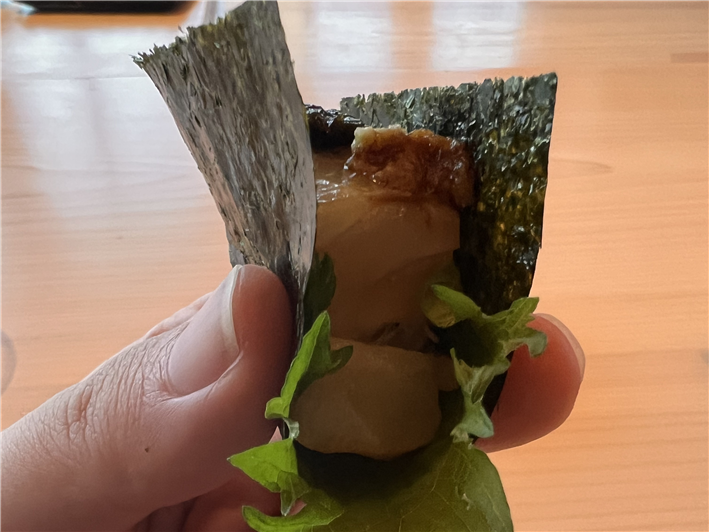
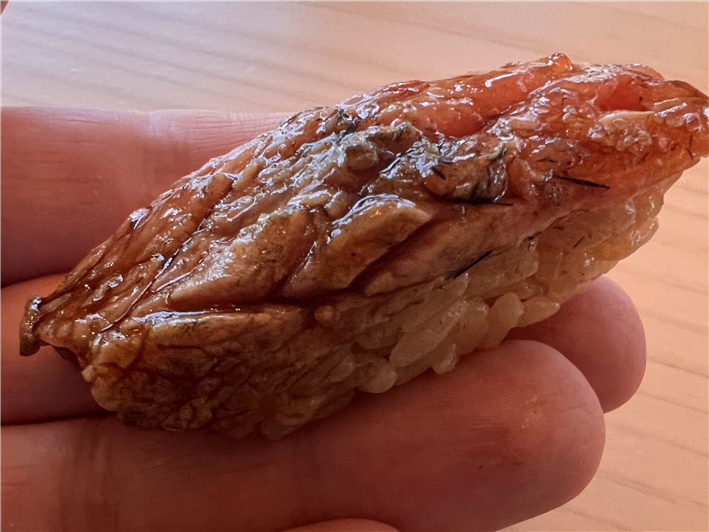
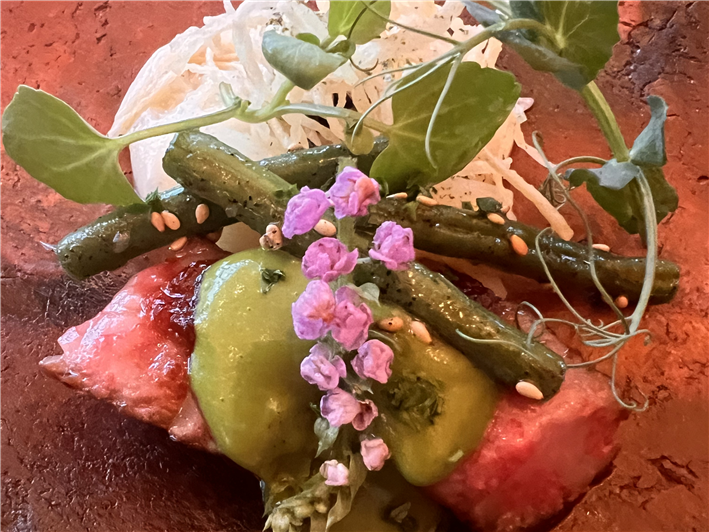


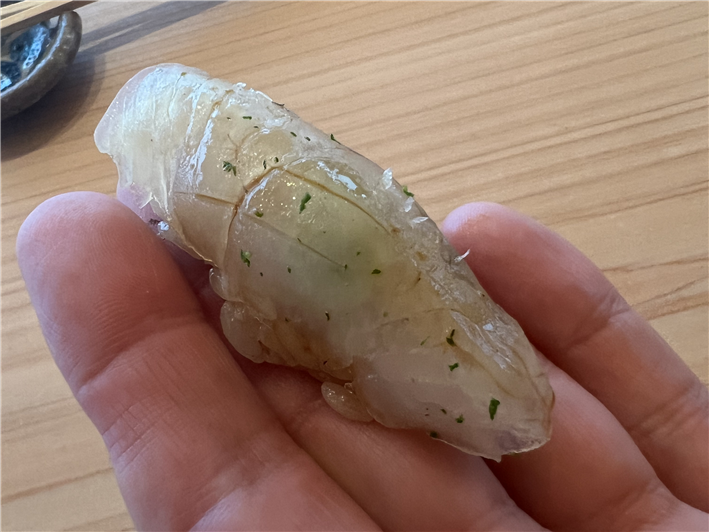
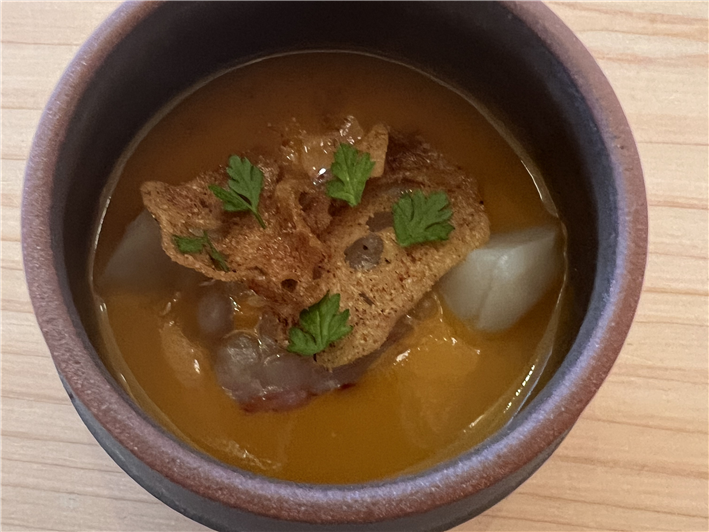
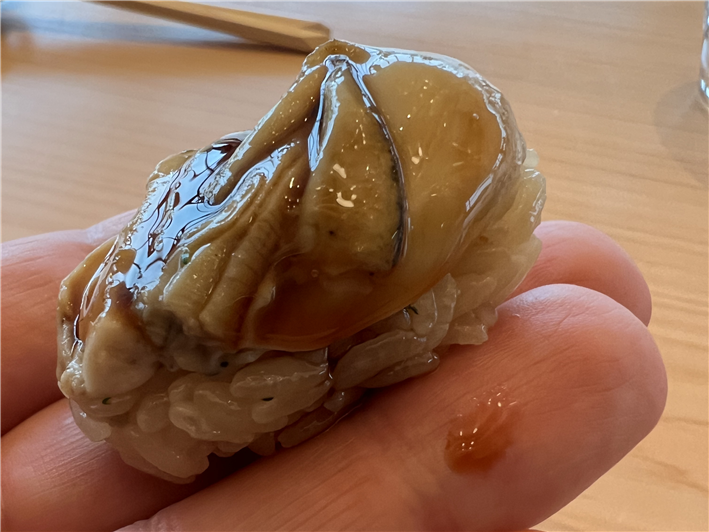
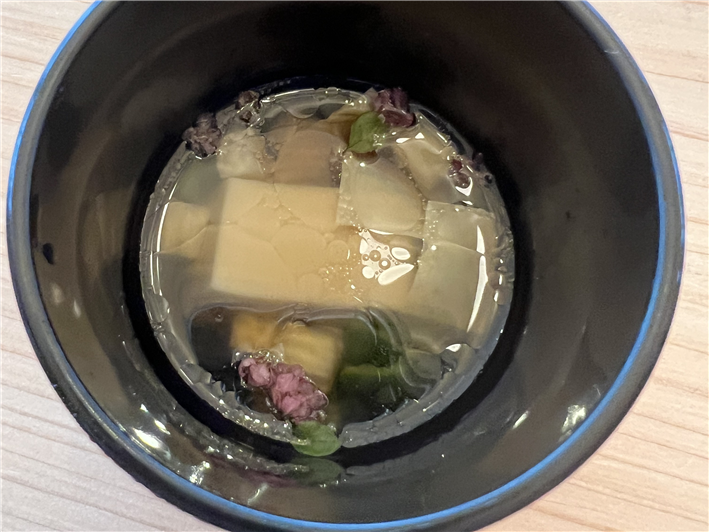
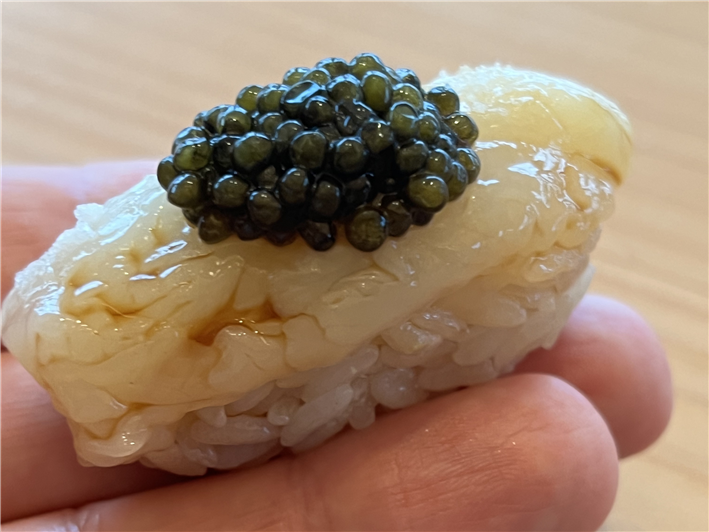
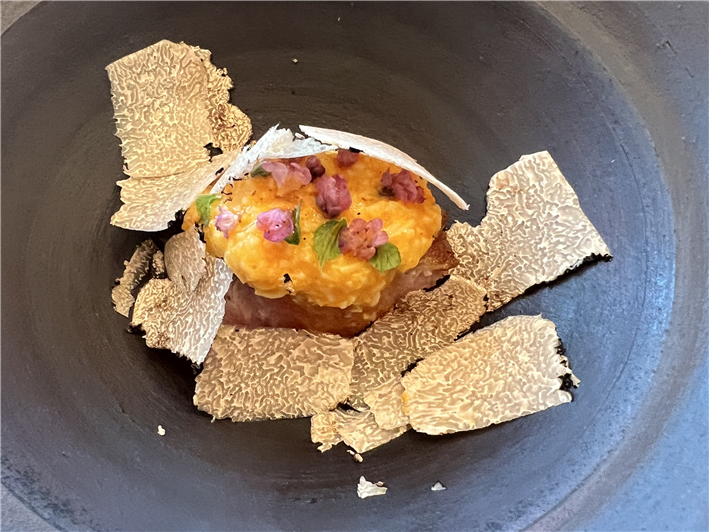
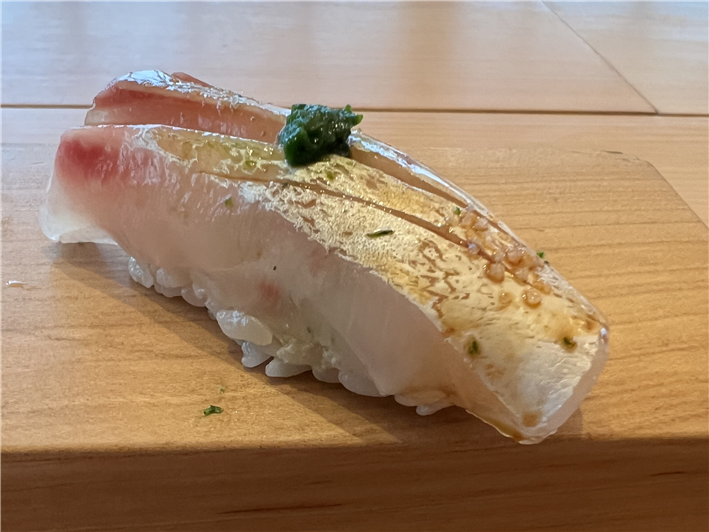
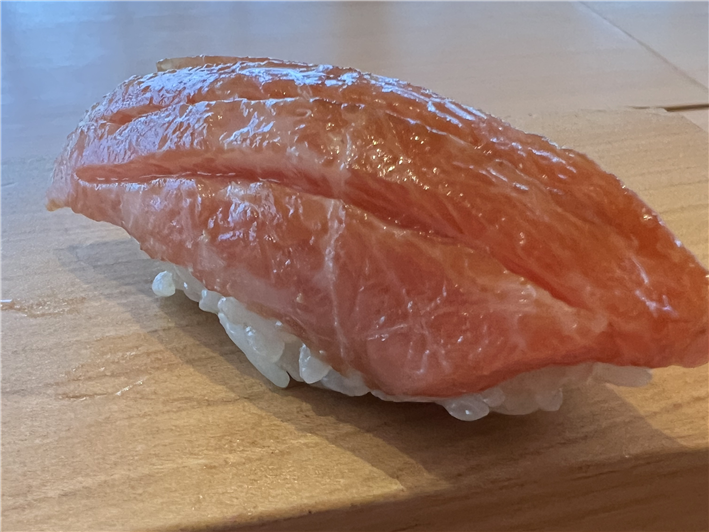

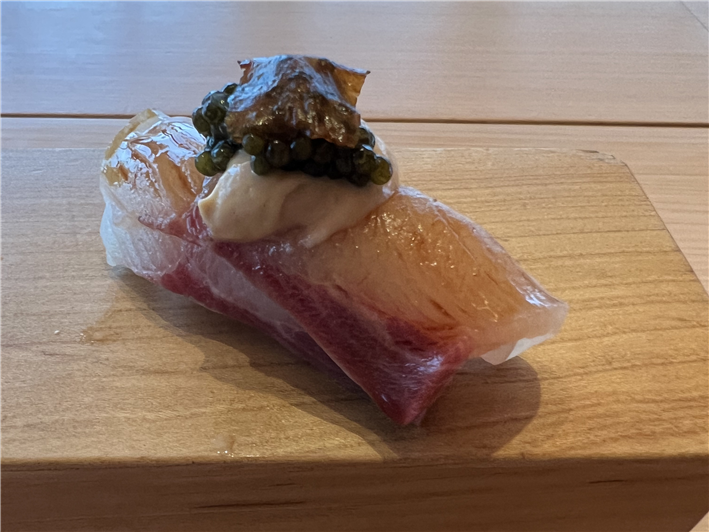
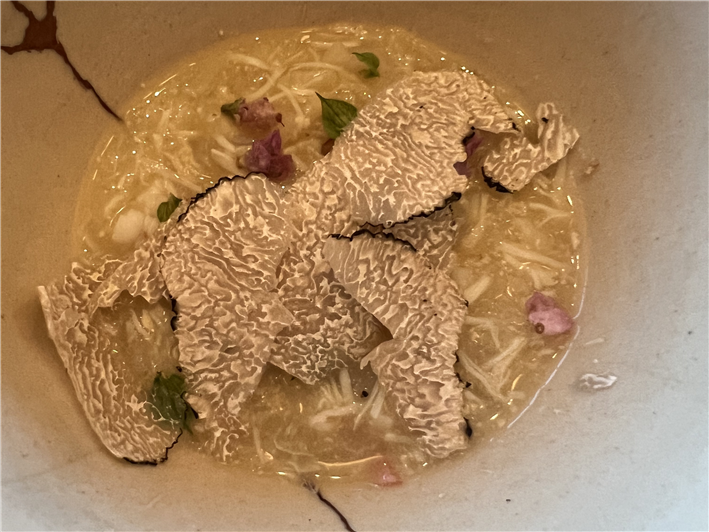

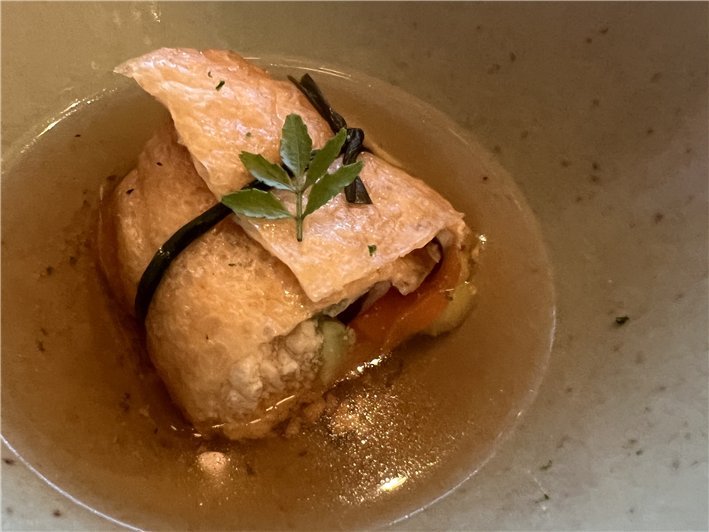
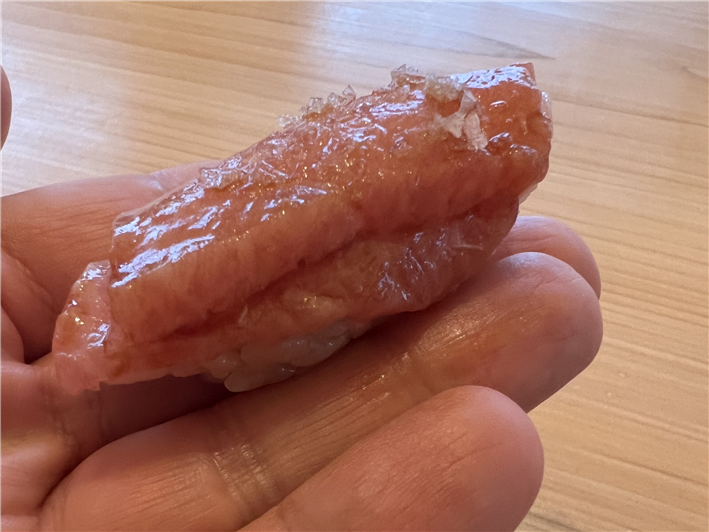
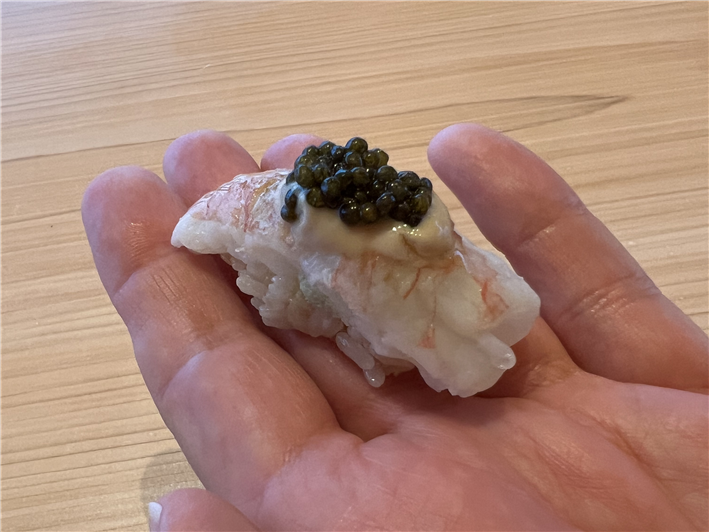
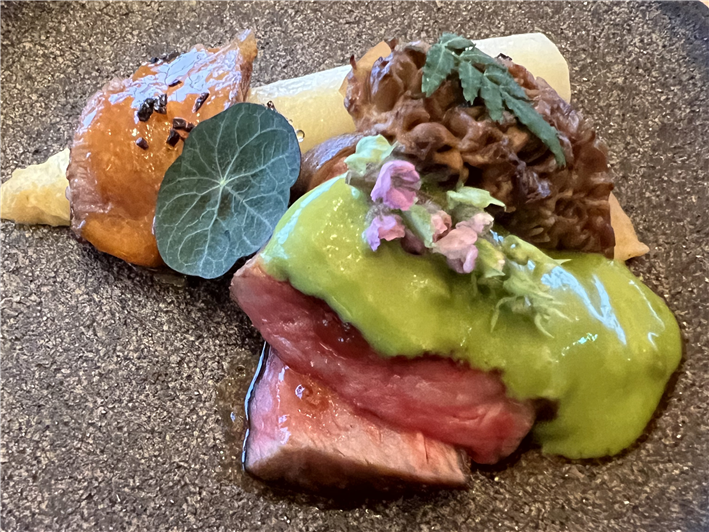

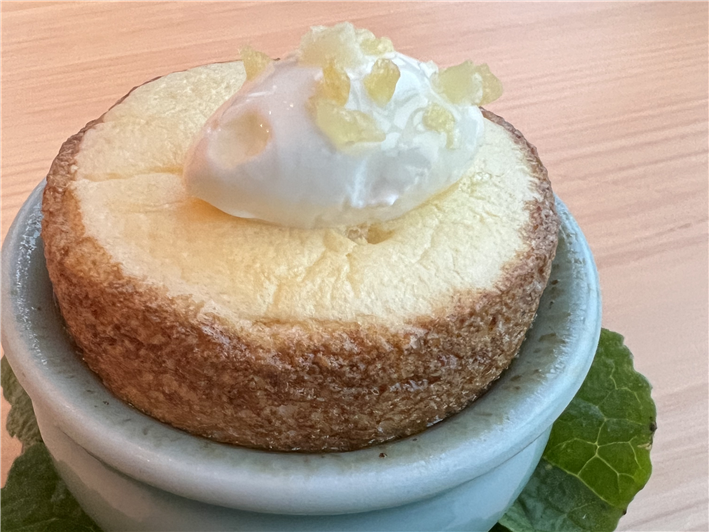
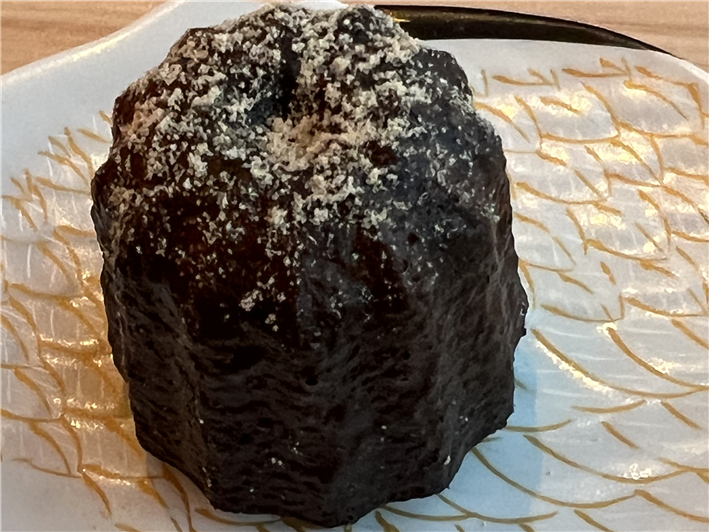


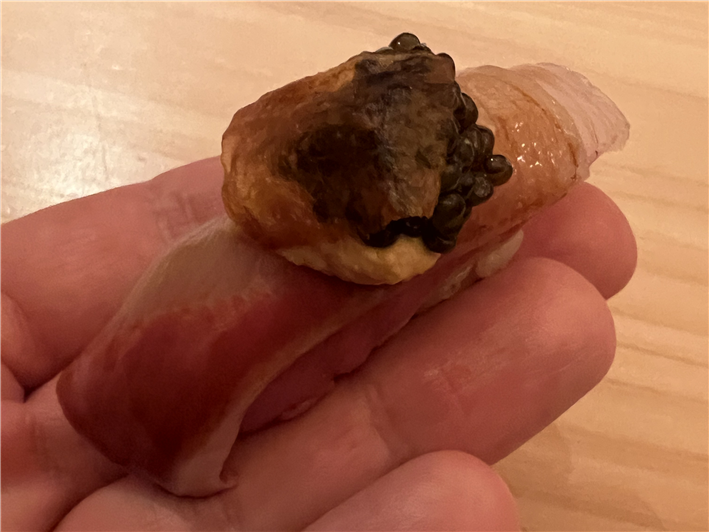
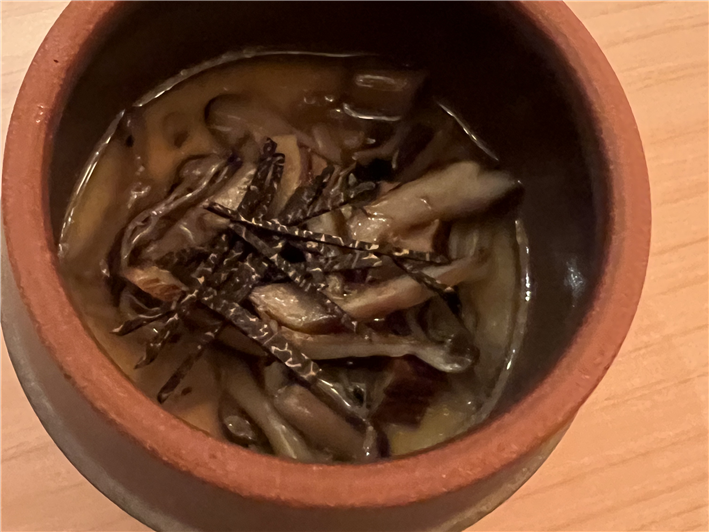
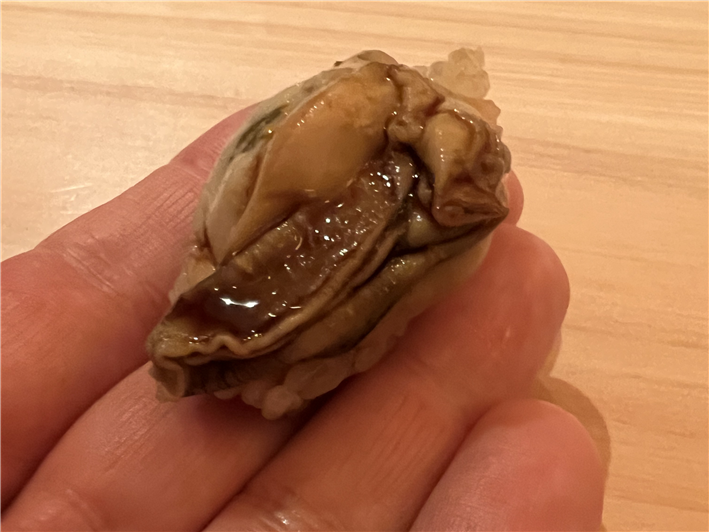

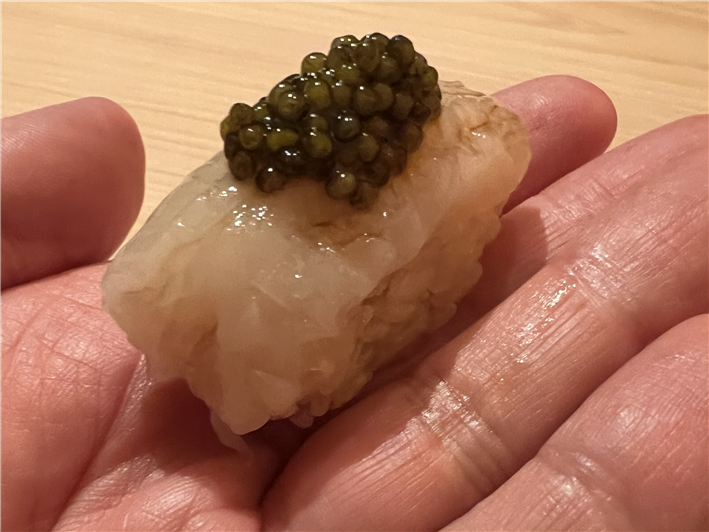
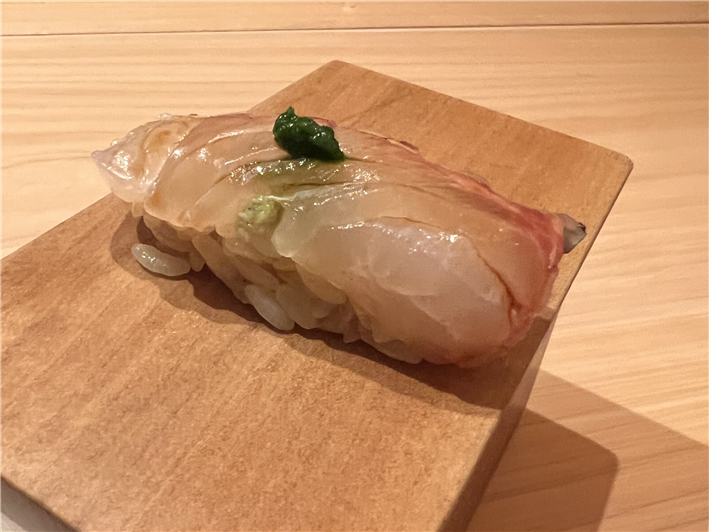

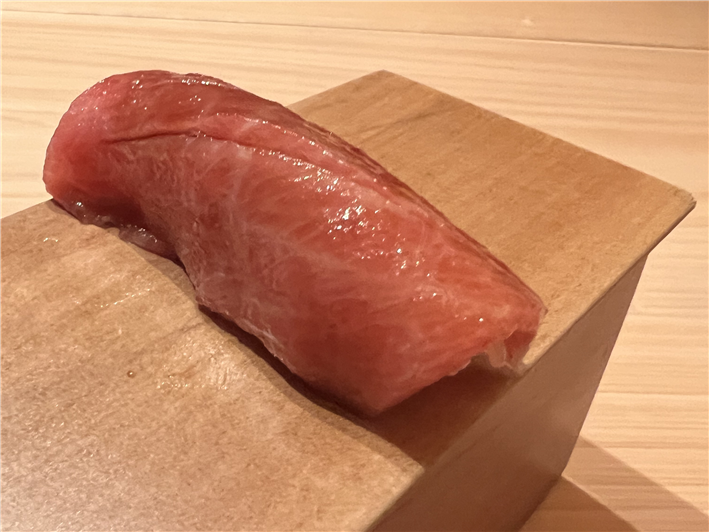
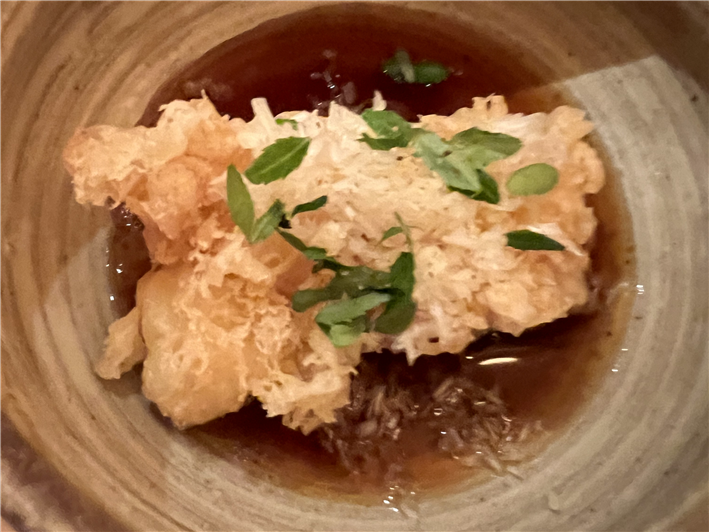
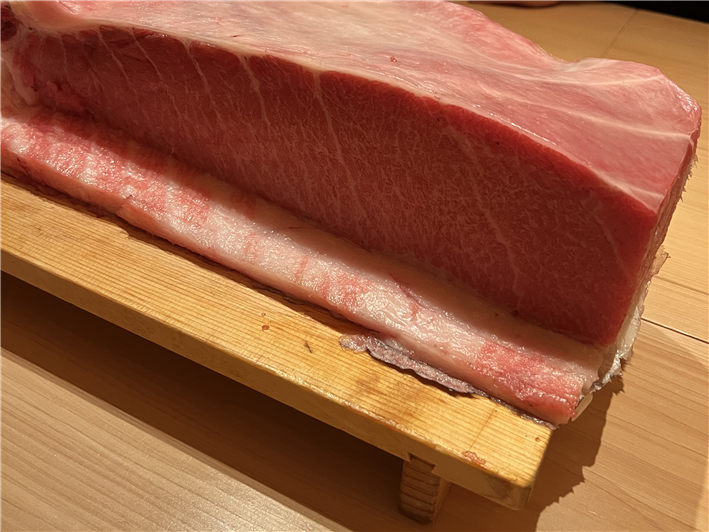

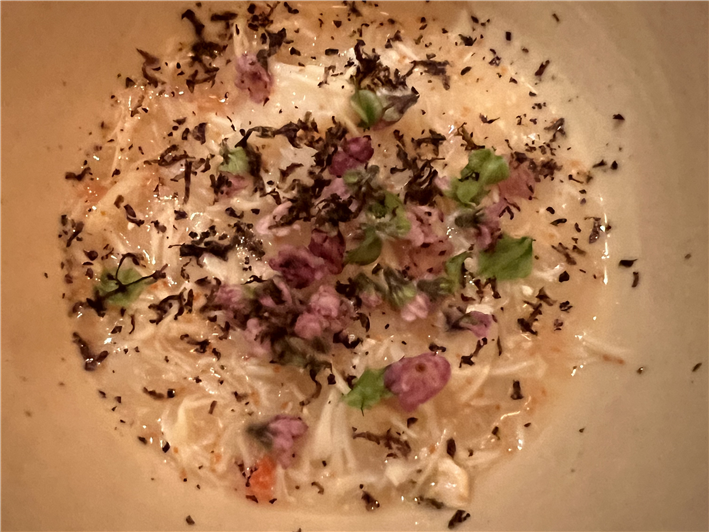
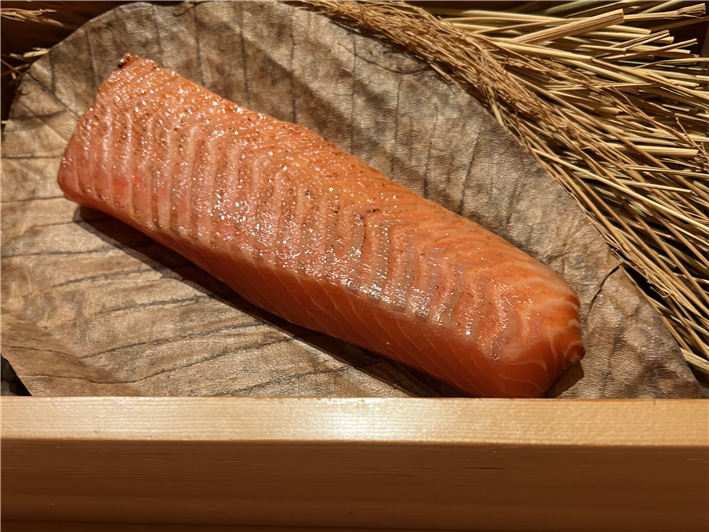


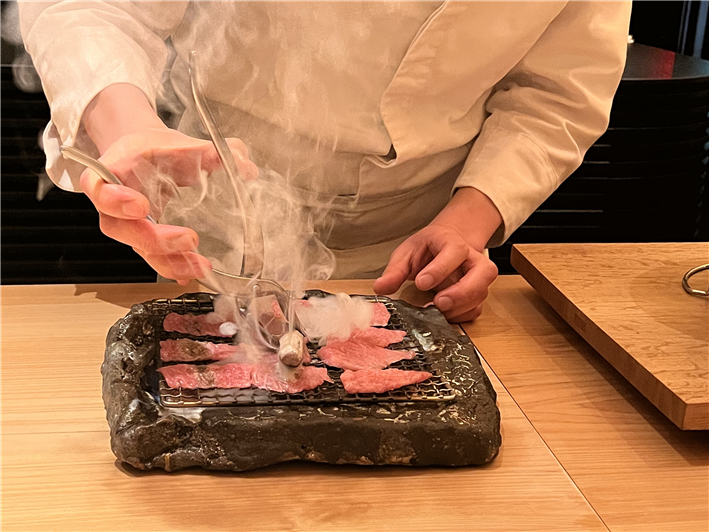
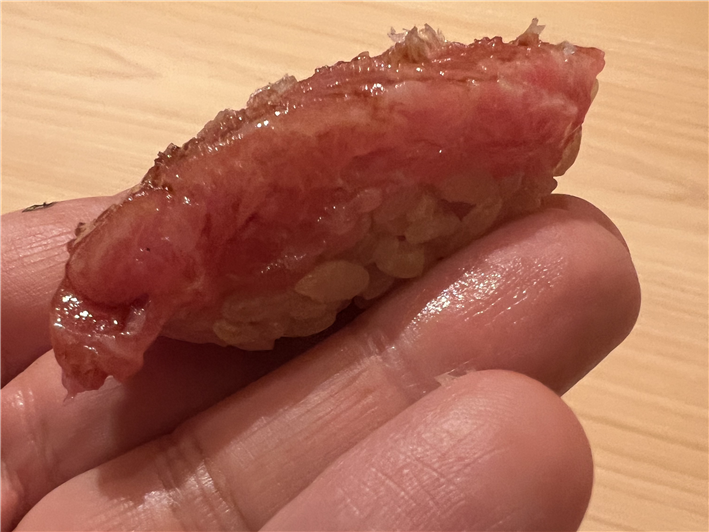

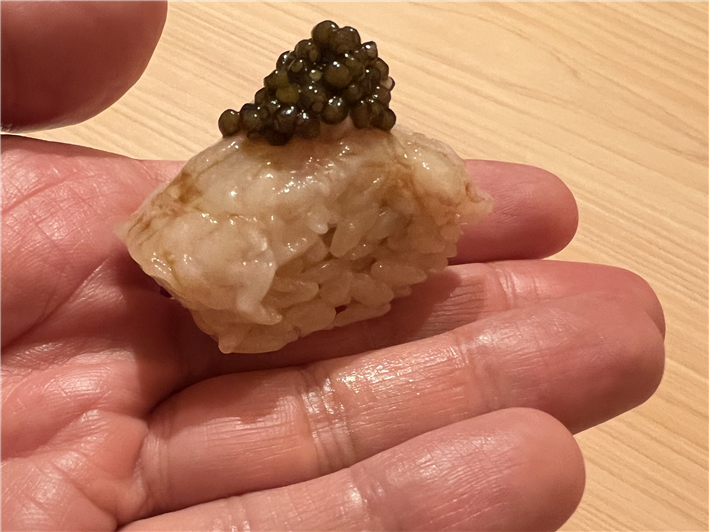
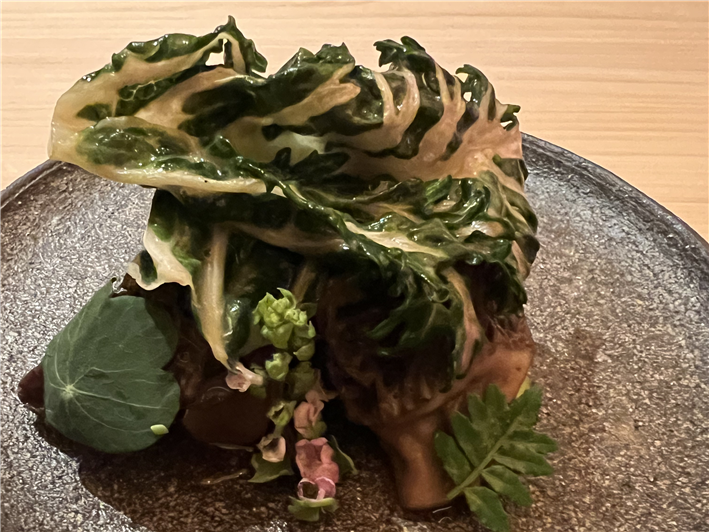
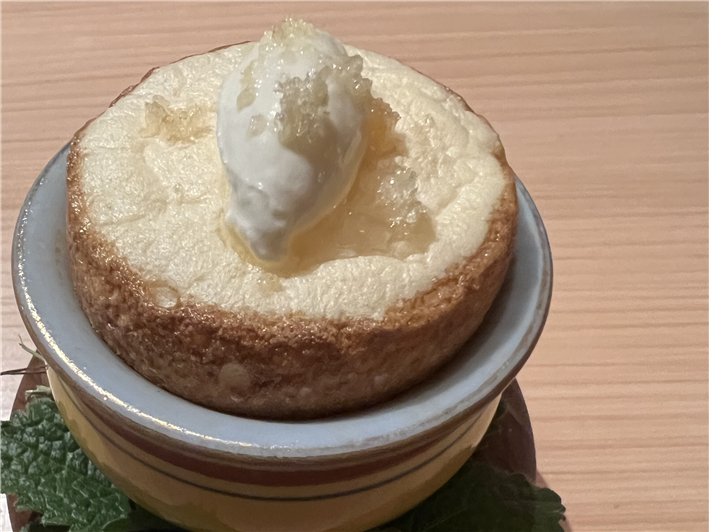
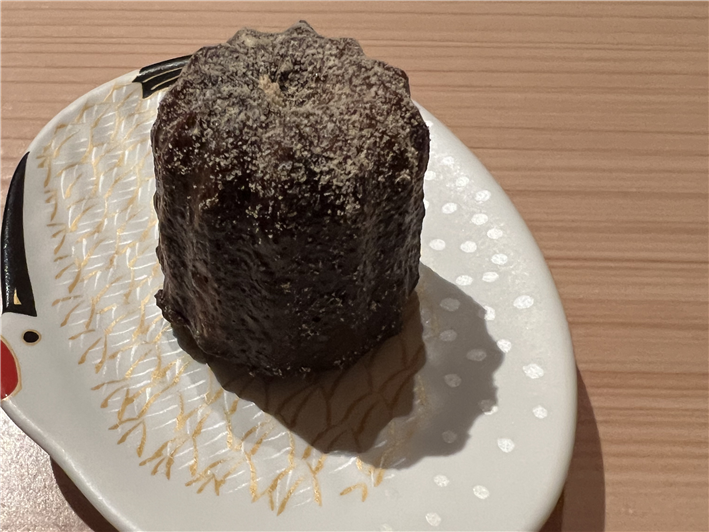
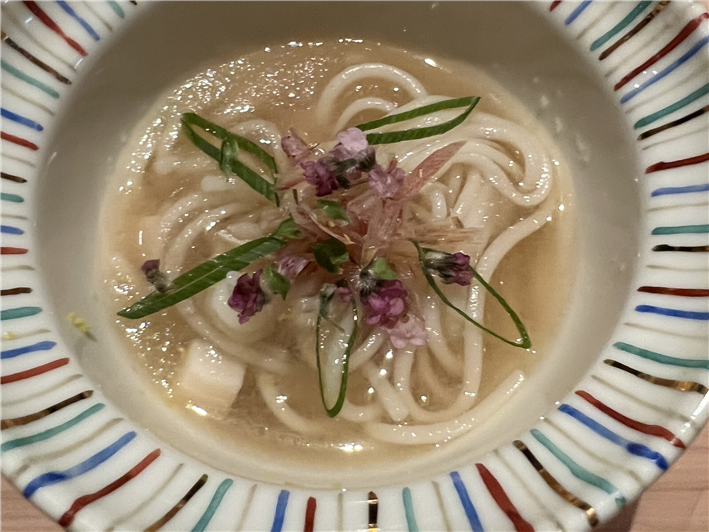
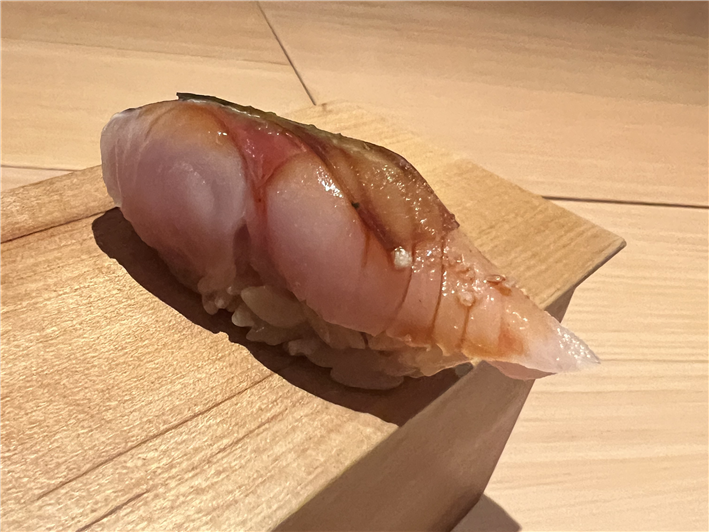

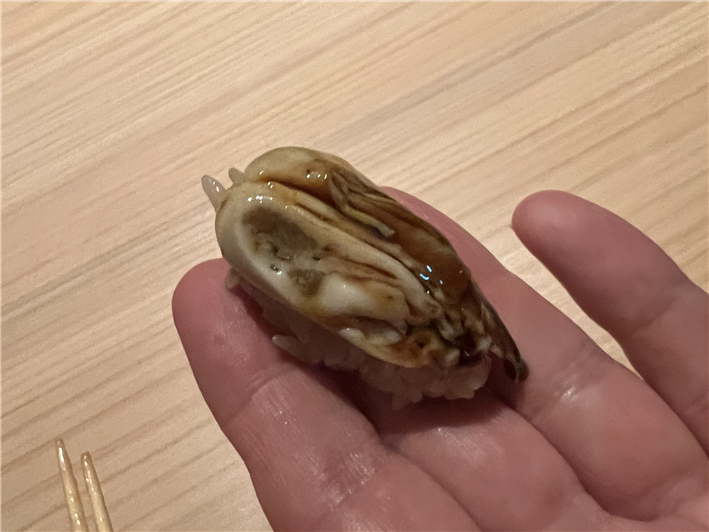
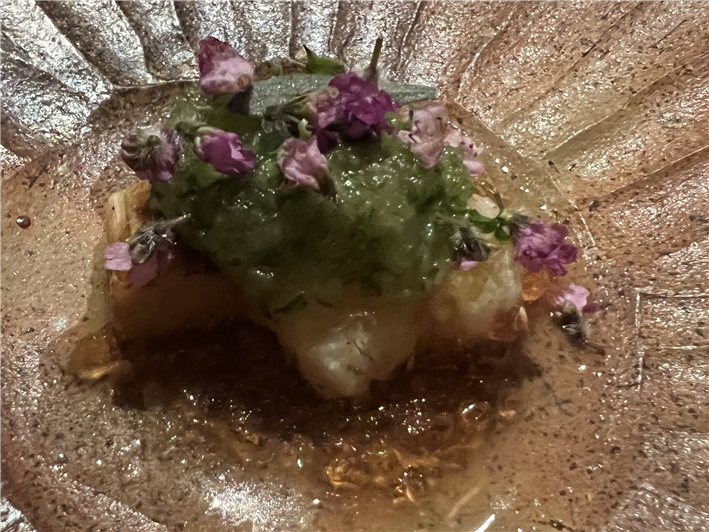
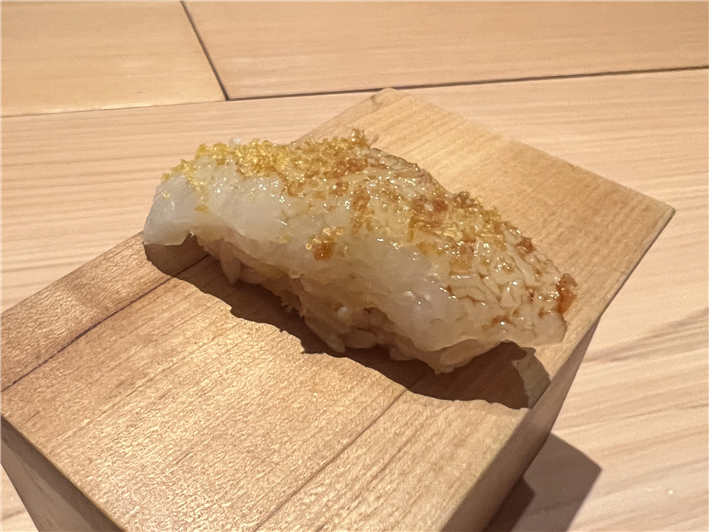
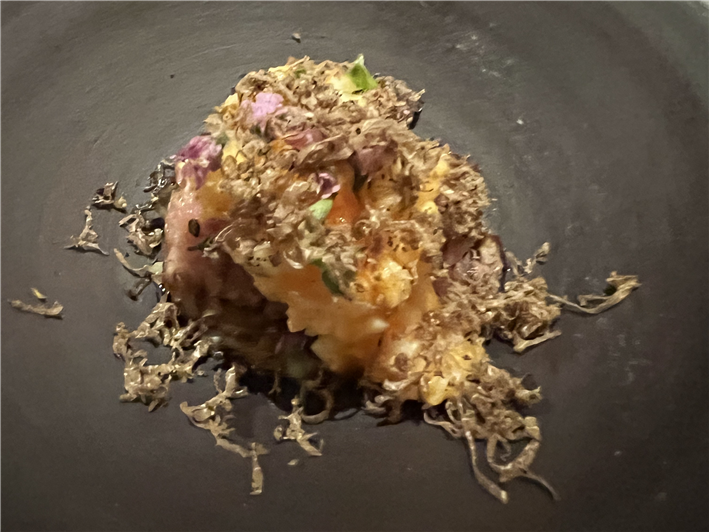


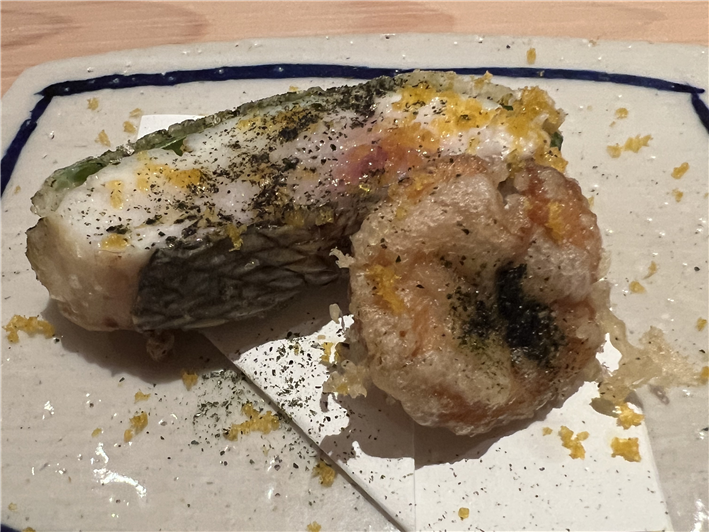

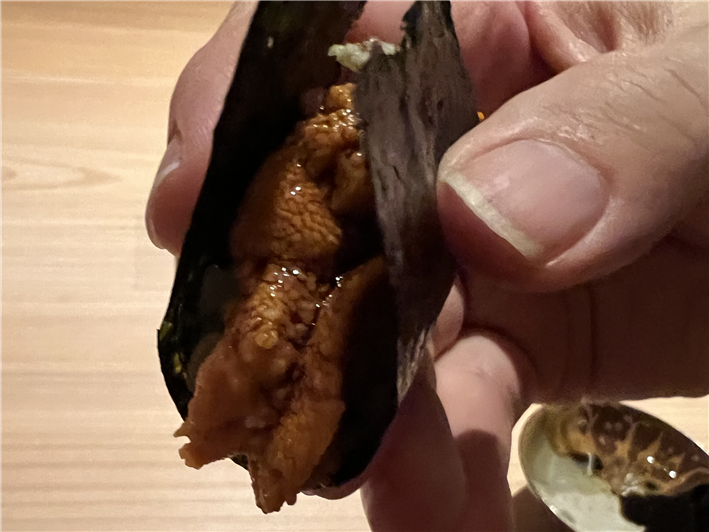
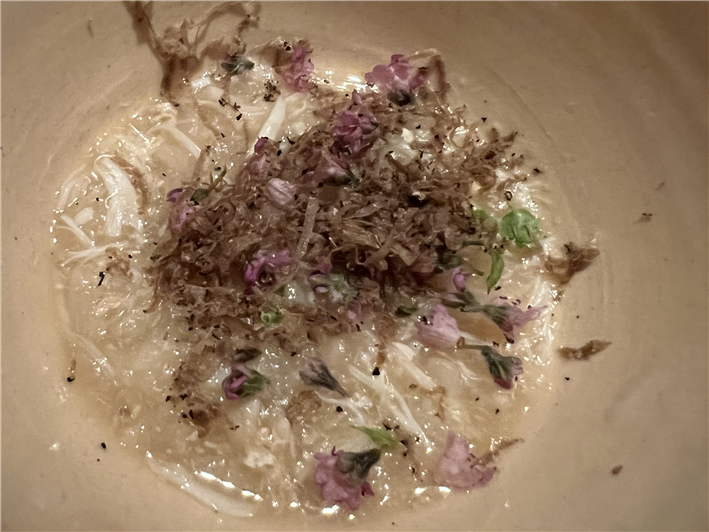

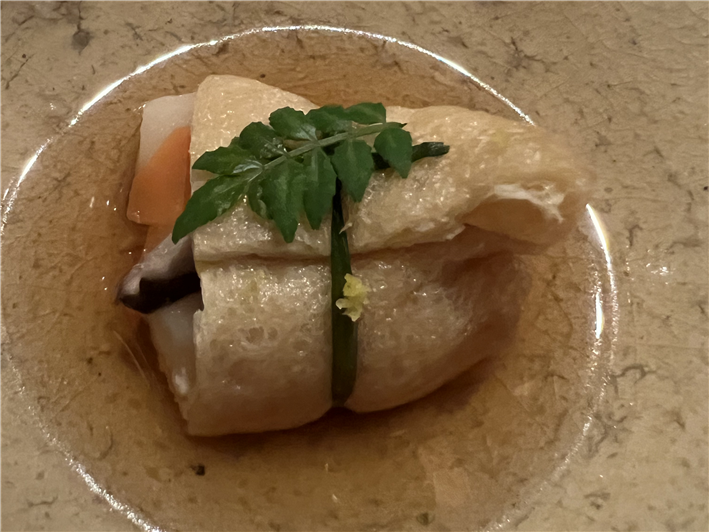


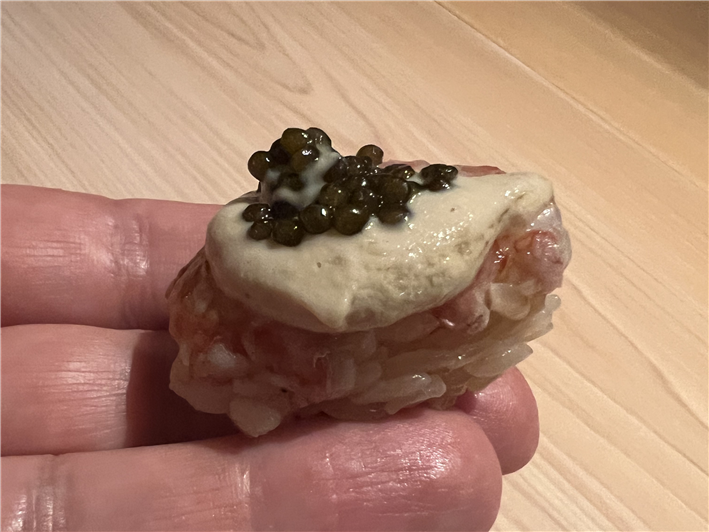
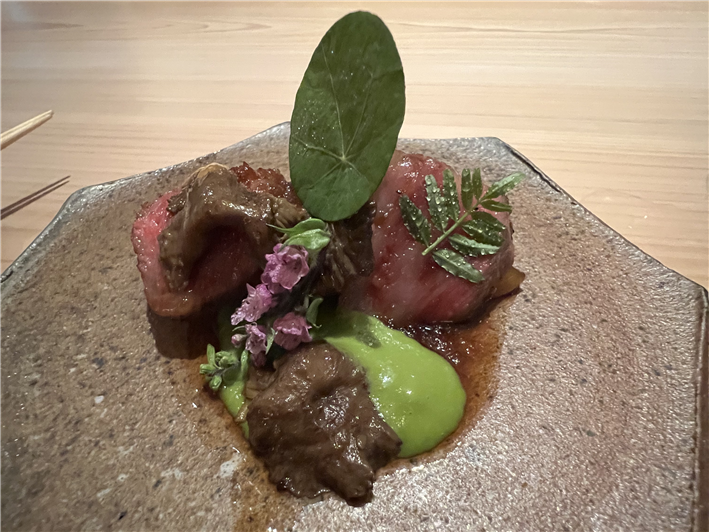
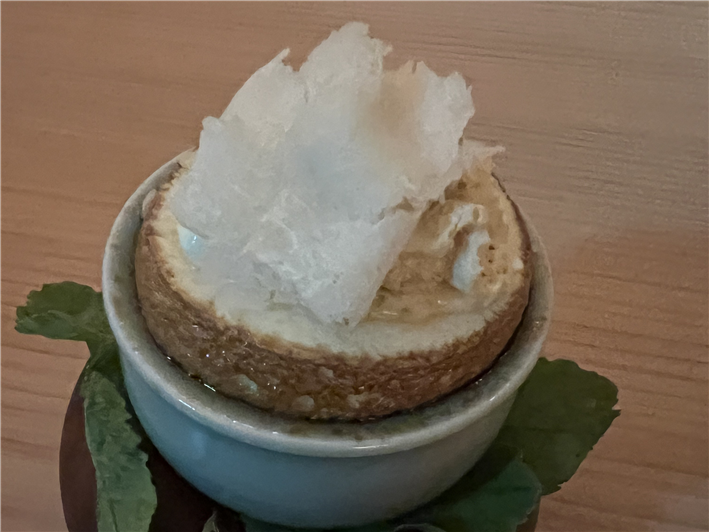



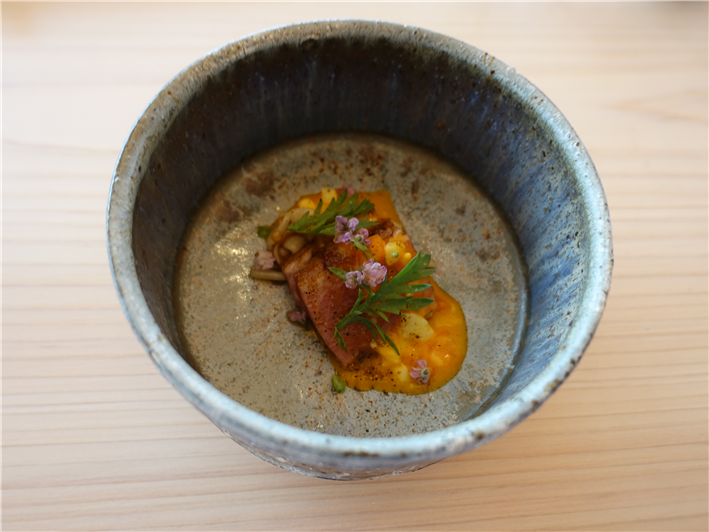
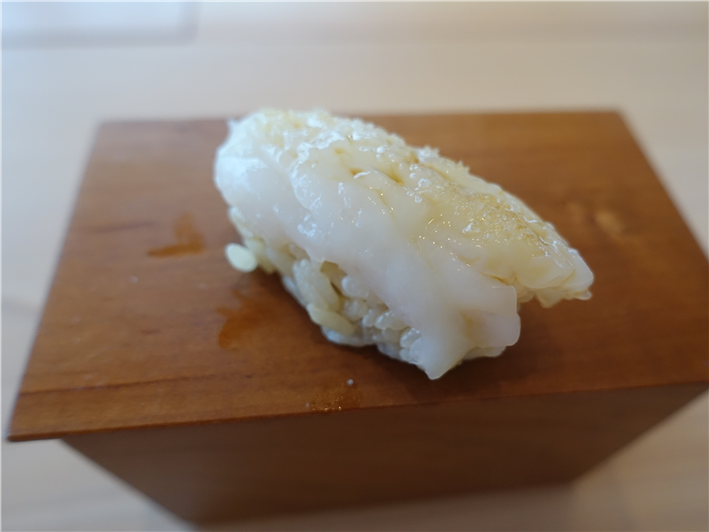
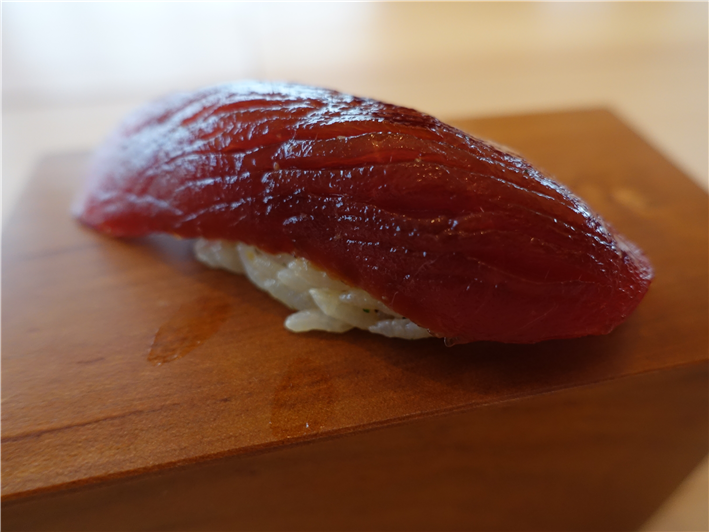
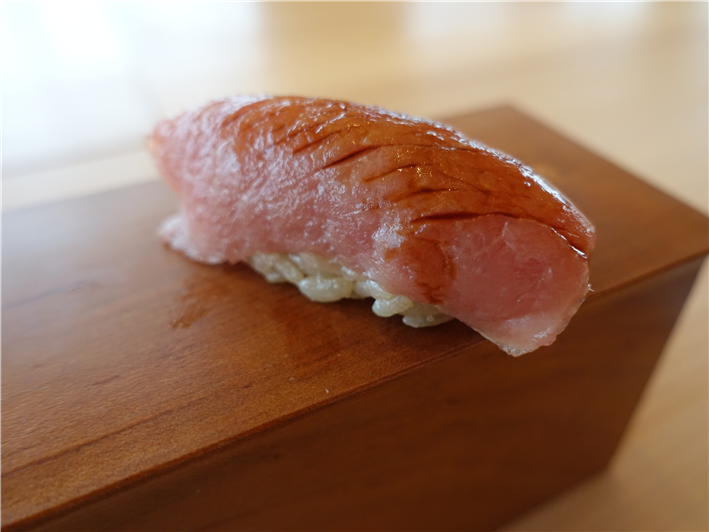
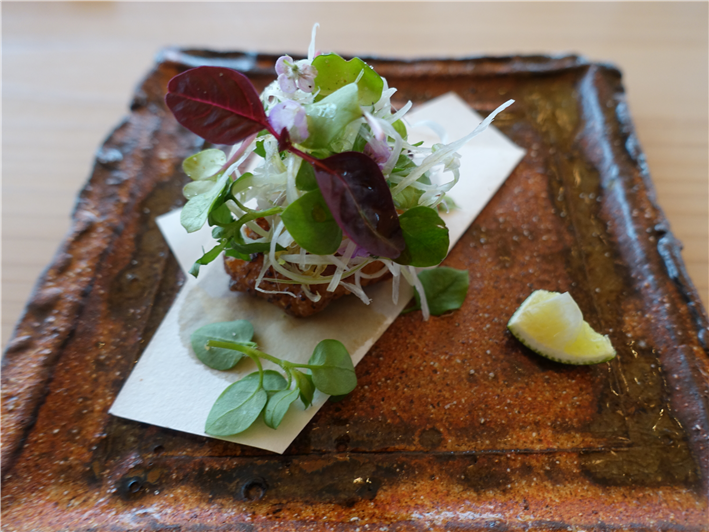
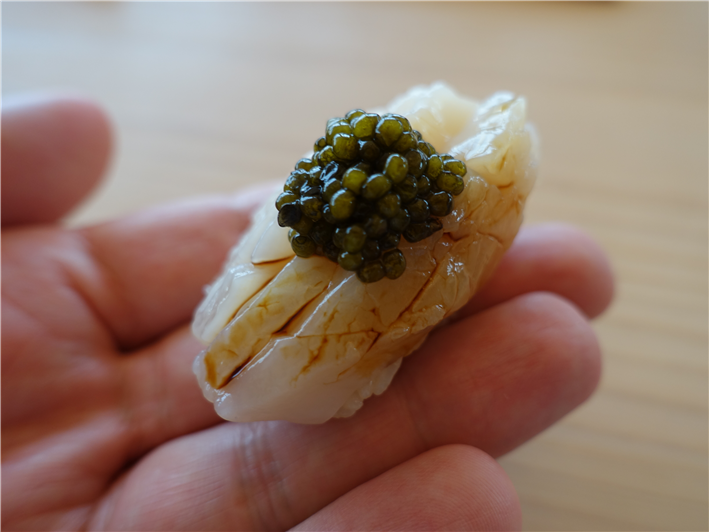
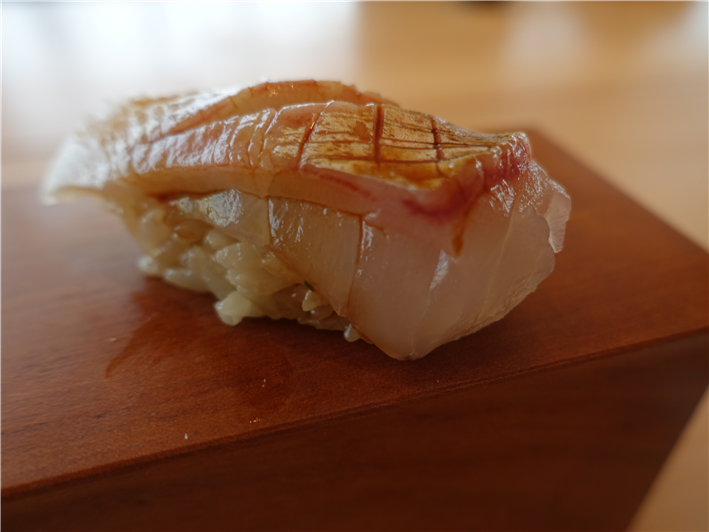
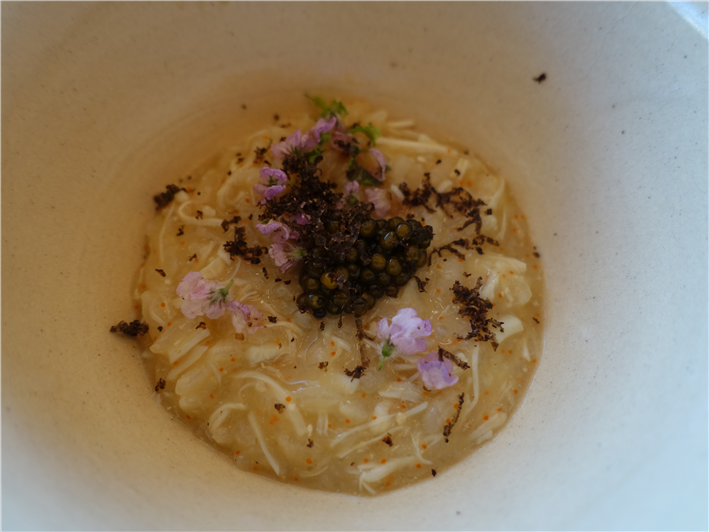

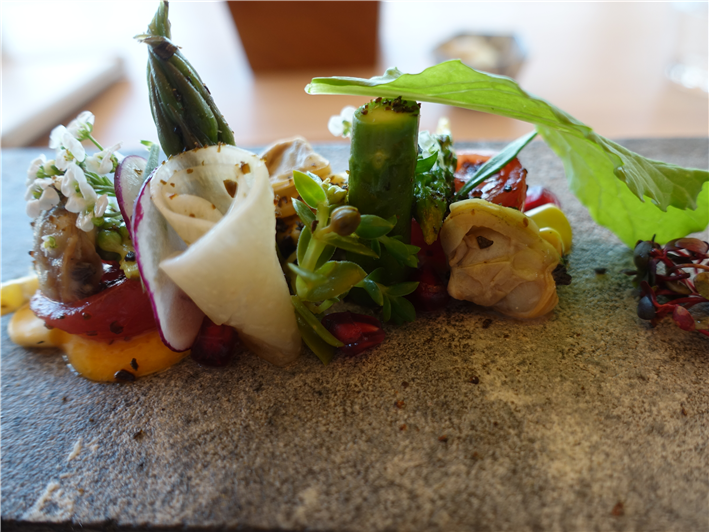
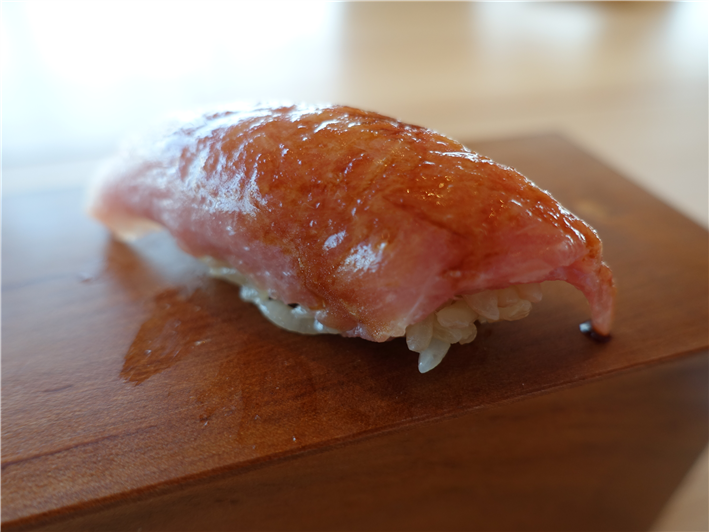
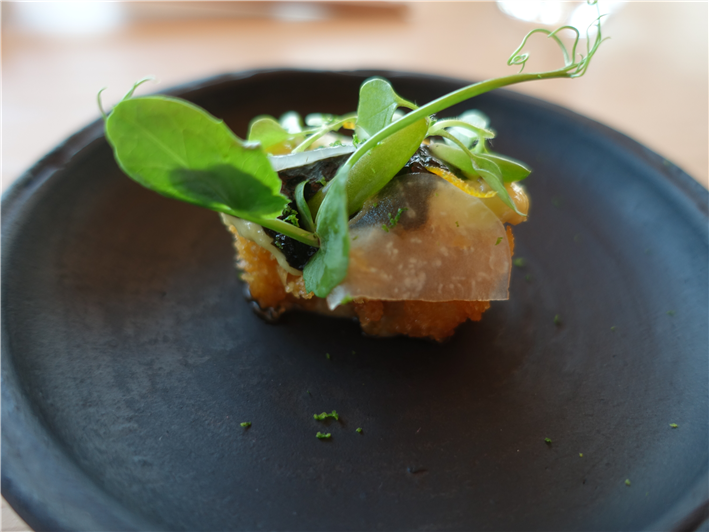

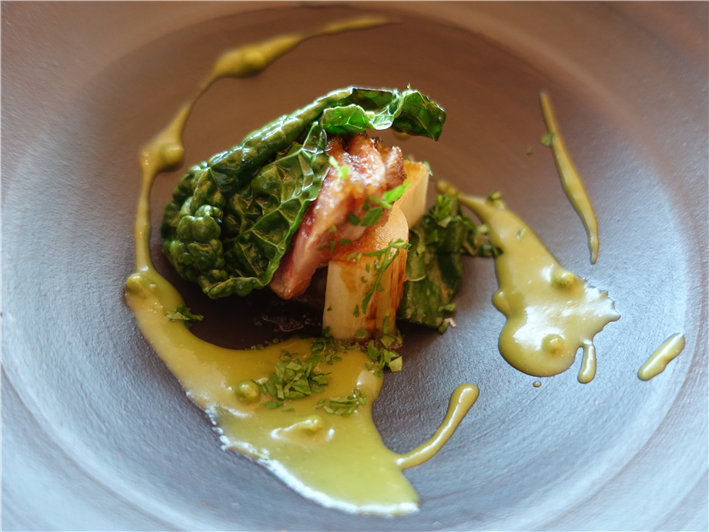
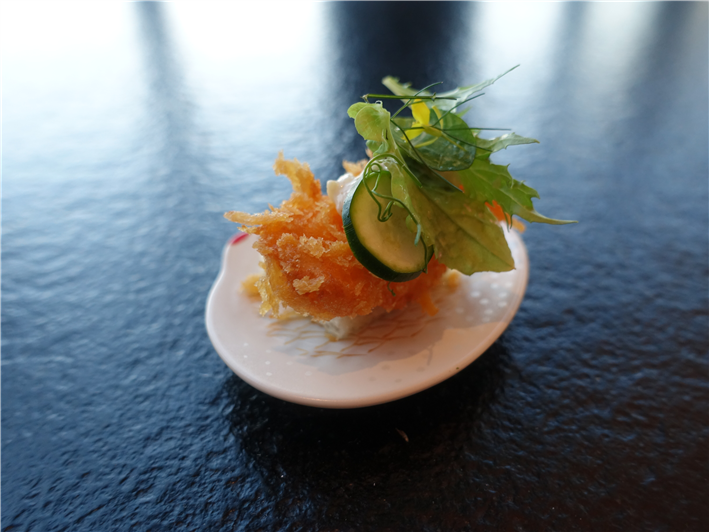

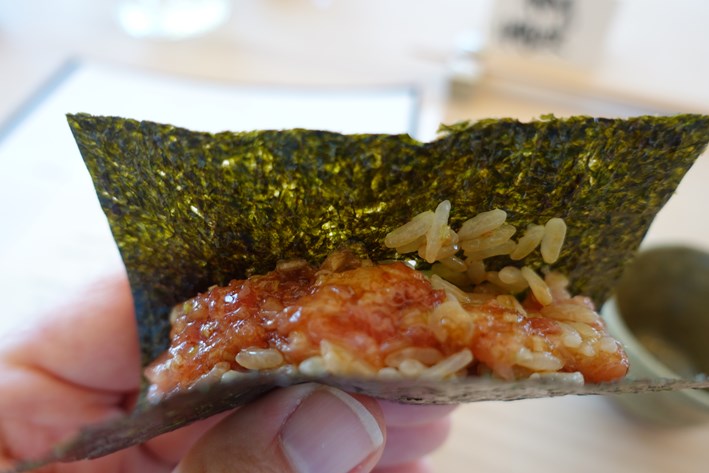
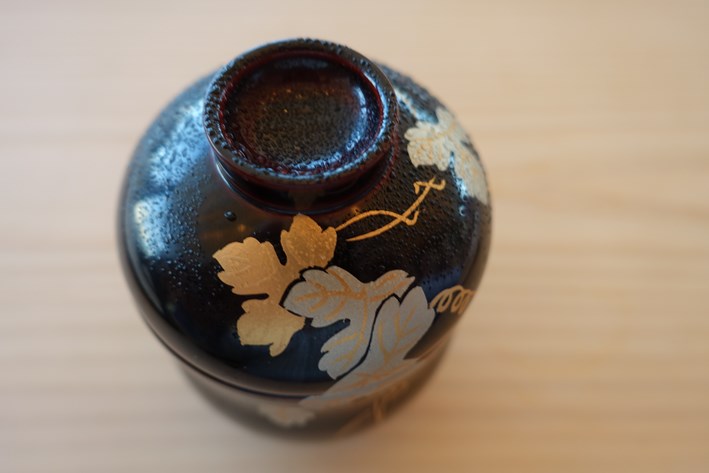
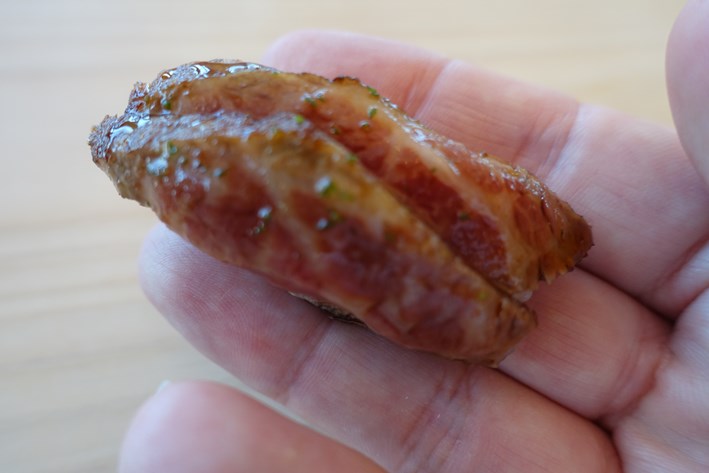
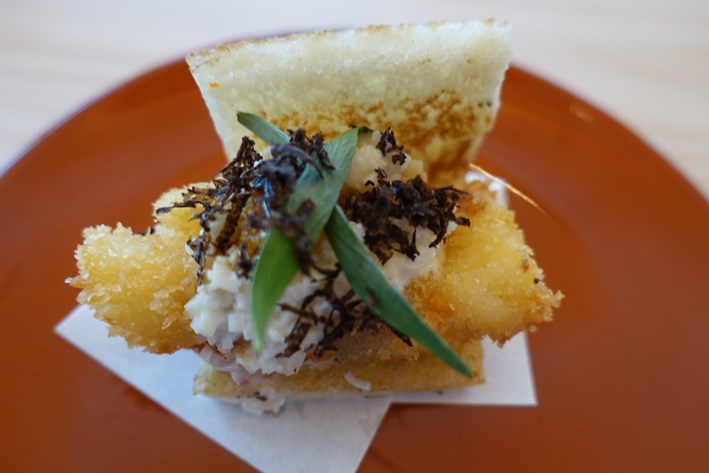
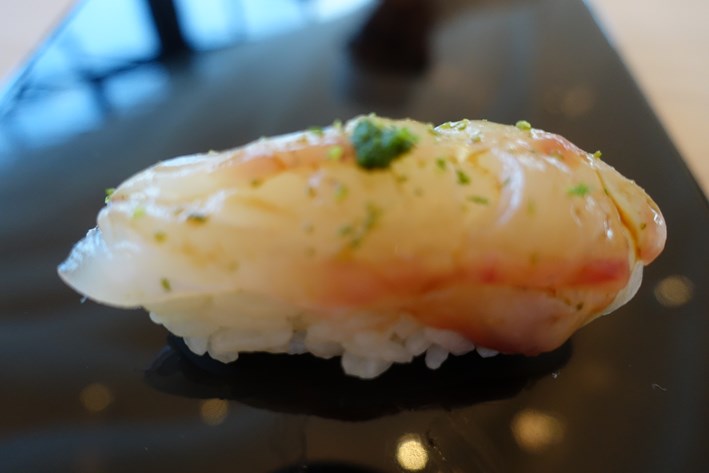
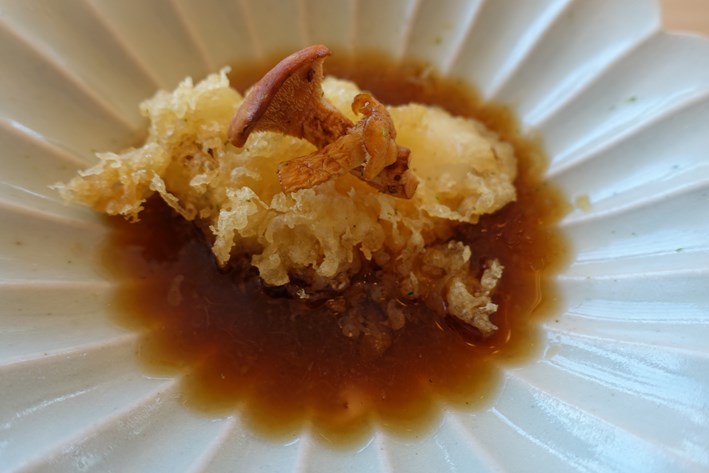
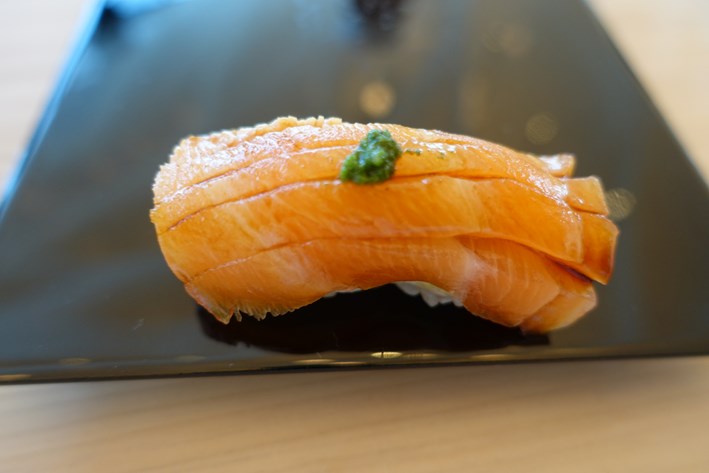
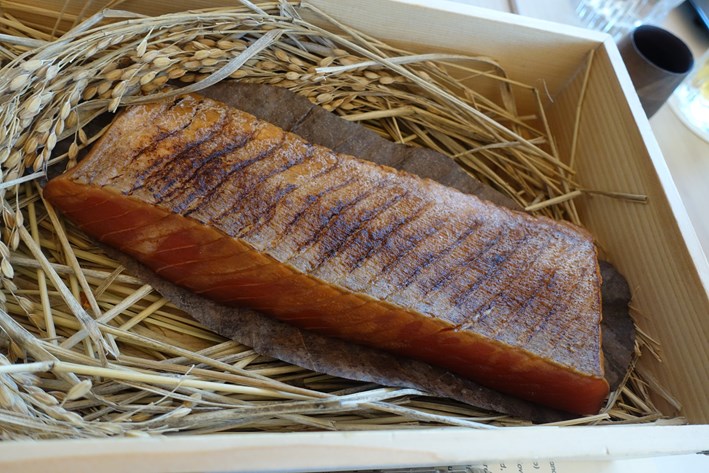
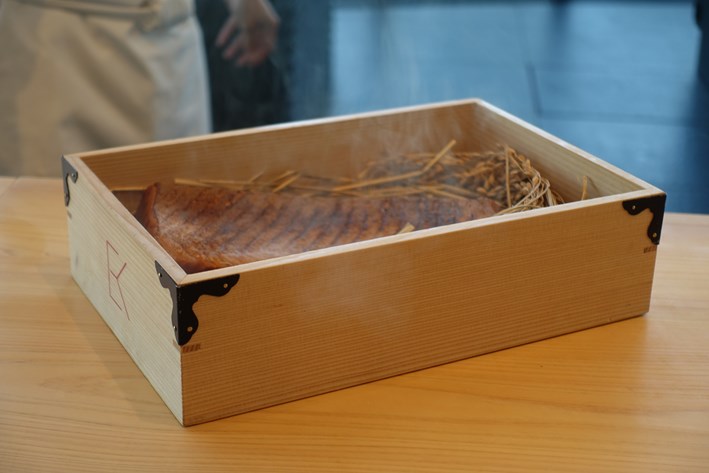
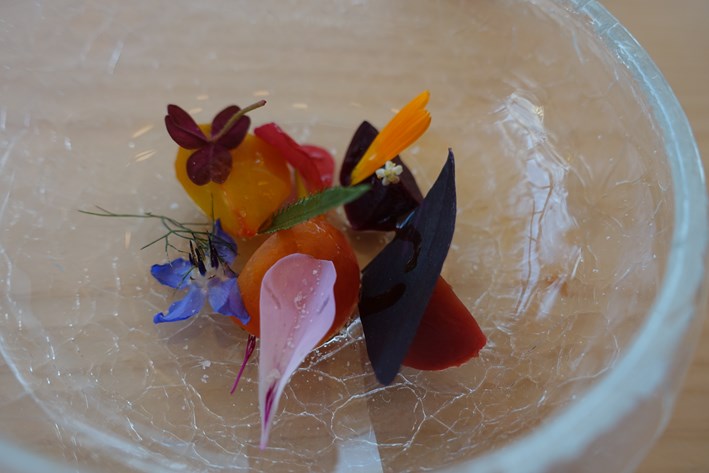
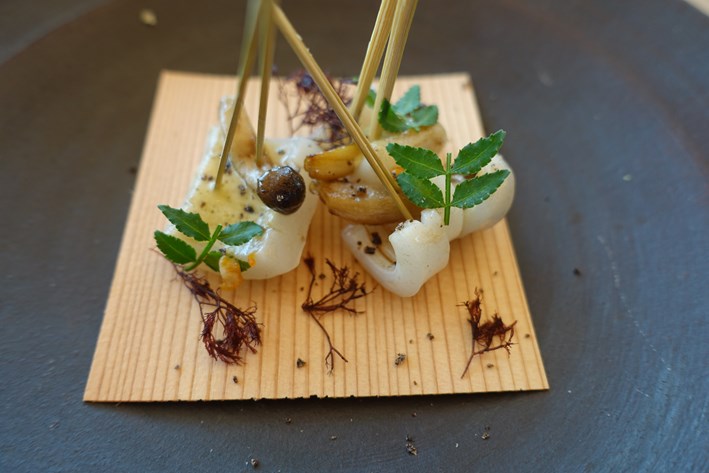


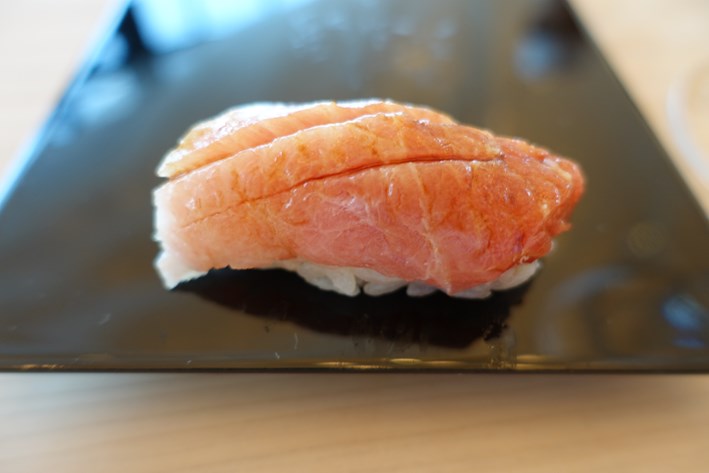
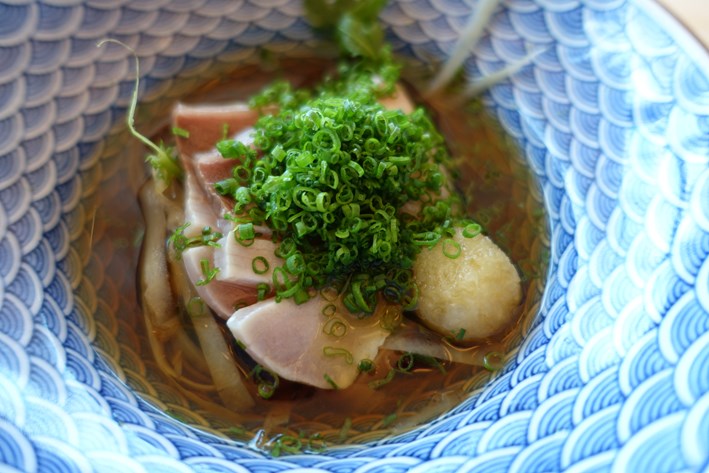
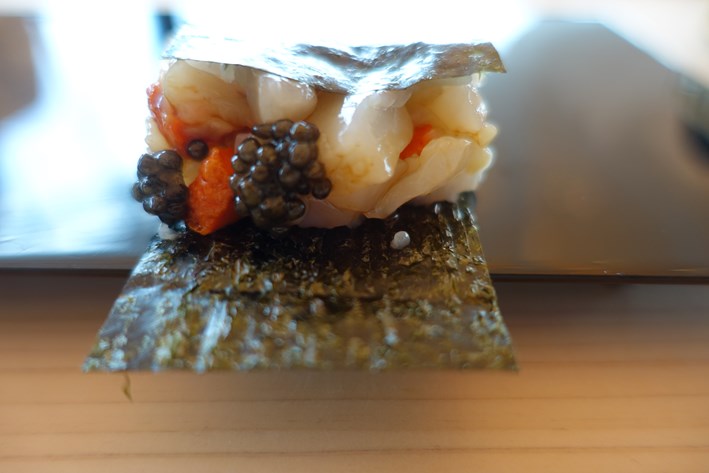
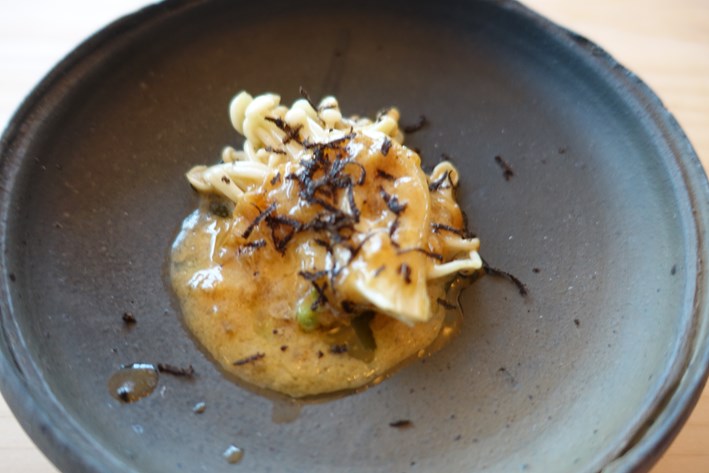
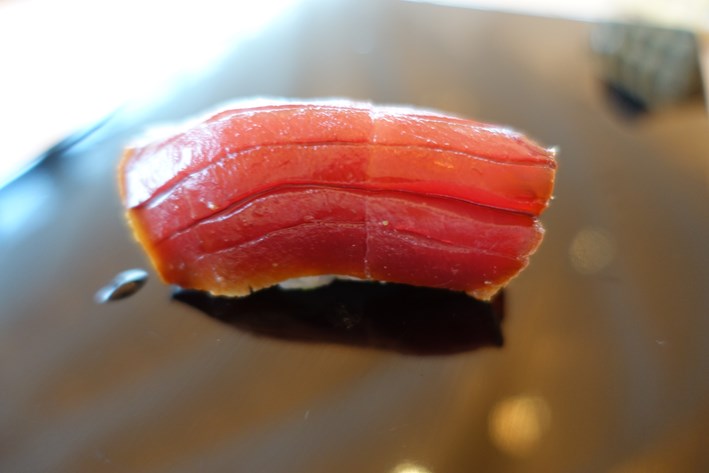

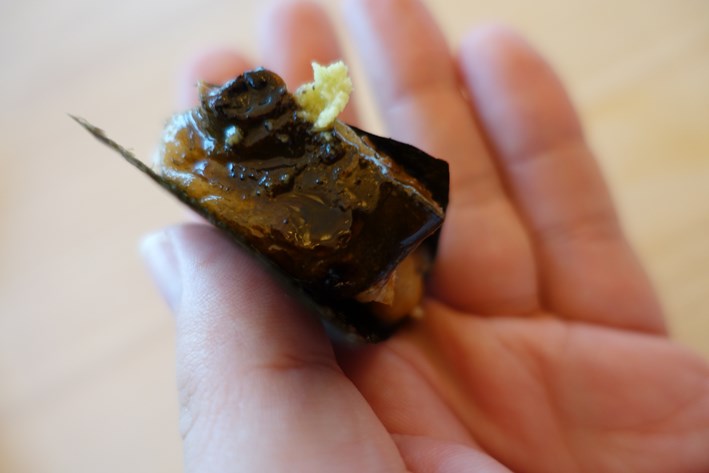
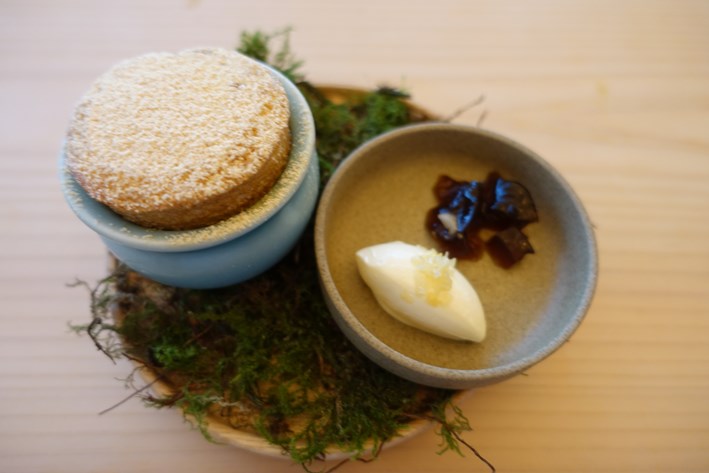


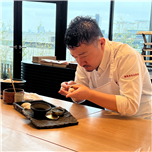
Peter Havey
Well I have no doubt the food and the sashimi in particular was of the highest quality and so it should be at that eye watering price. Speaking for myself I would rather and could for the same price travel to Barbate, Andalucia and enjoy an equally good if not better experience at El Campero.
Andrew Campbell
When it’s good it’s worth it … it’s difficult to describe to those who have never had high end Japanese … how good it can be